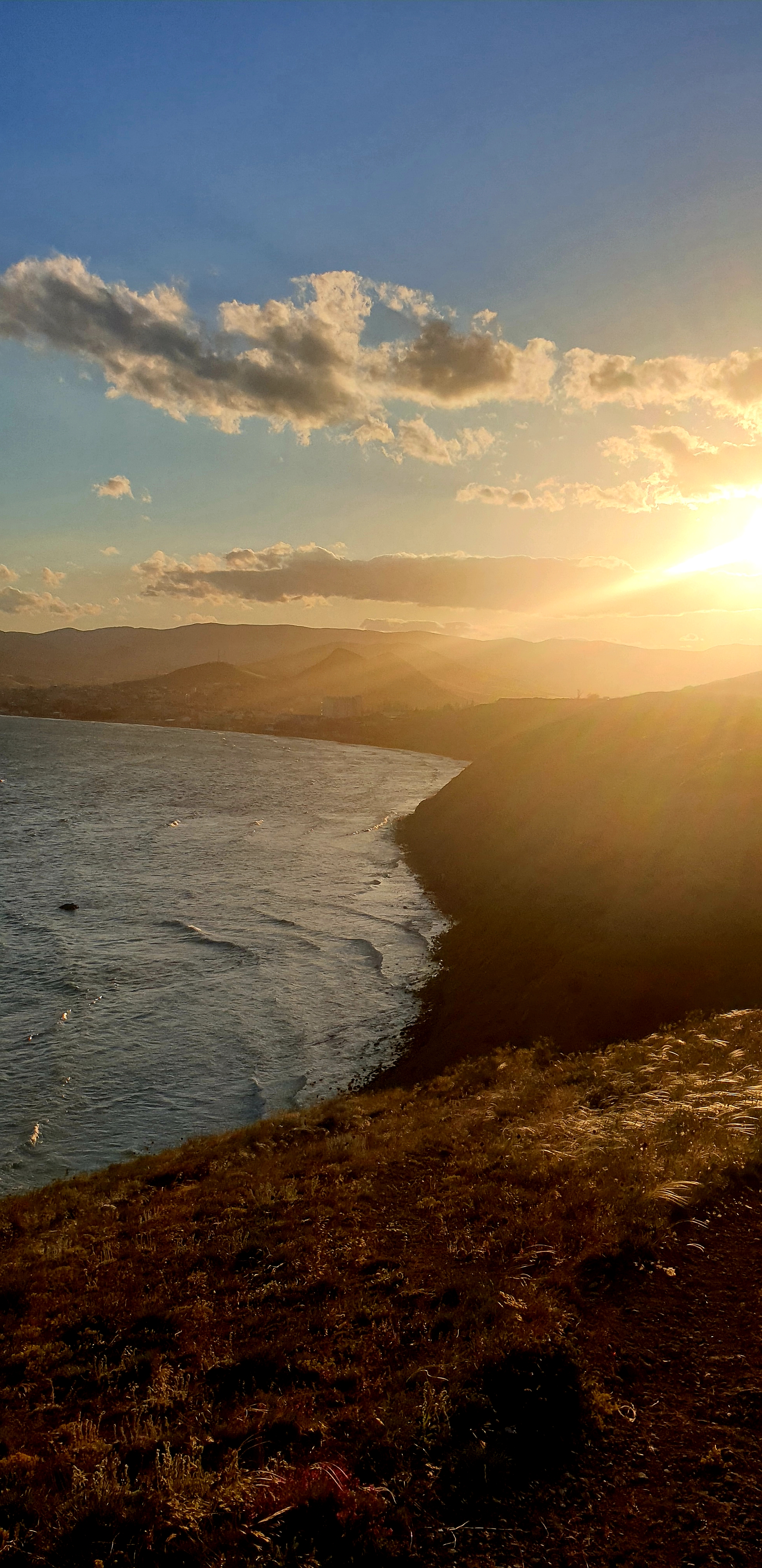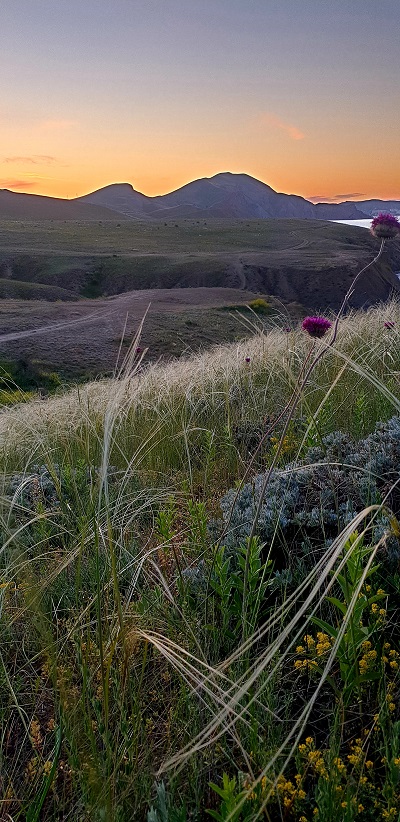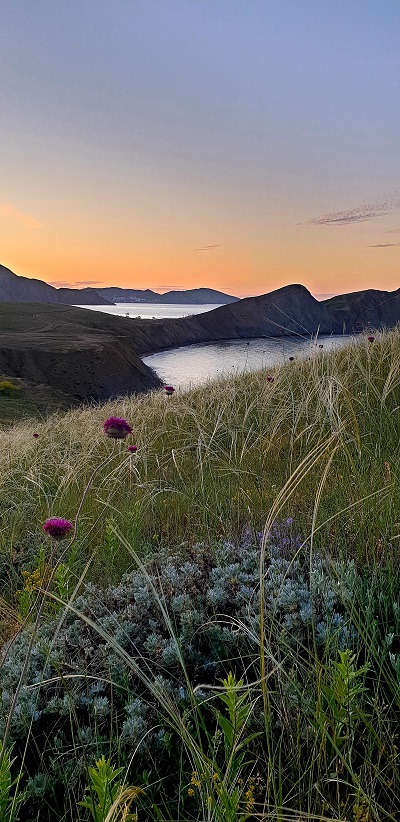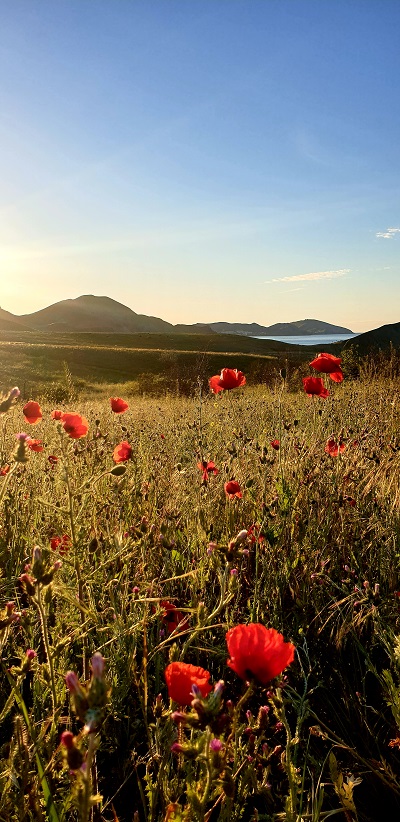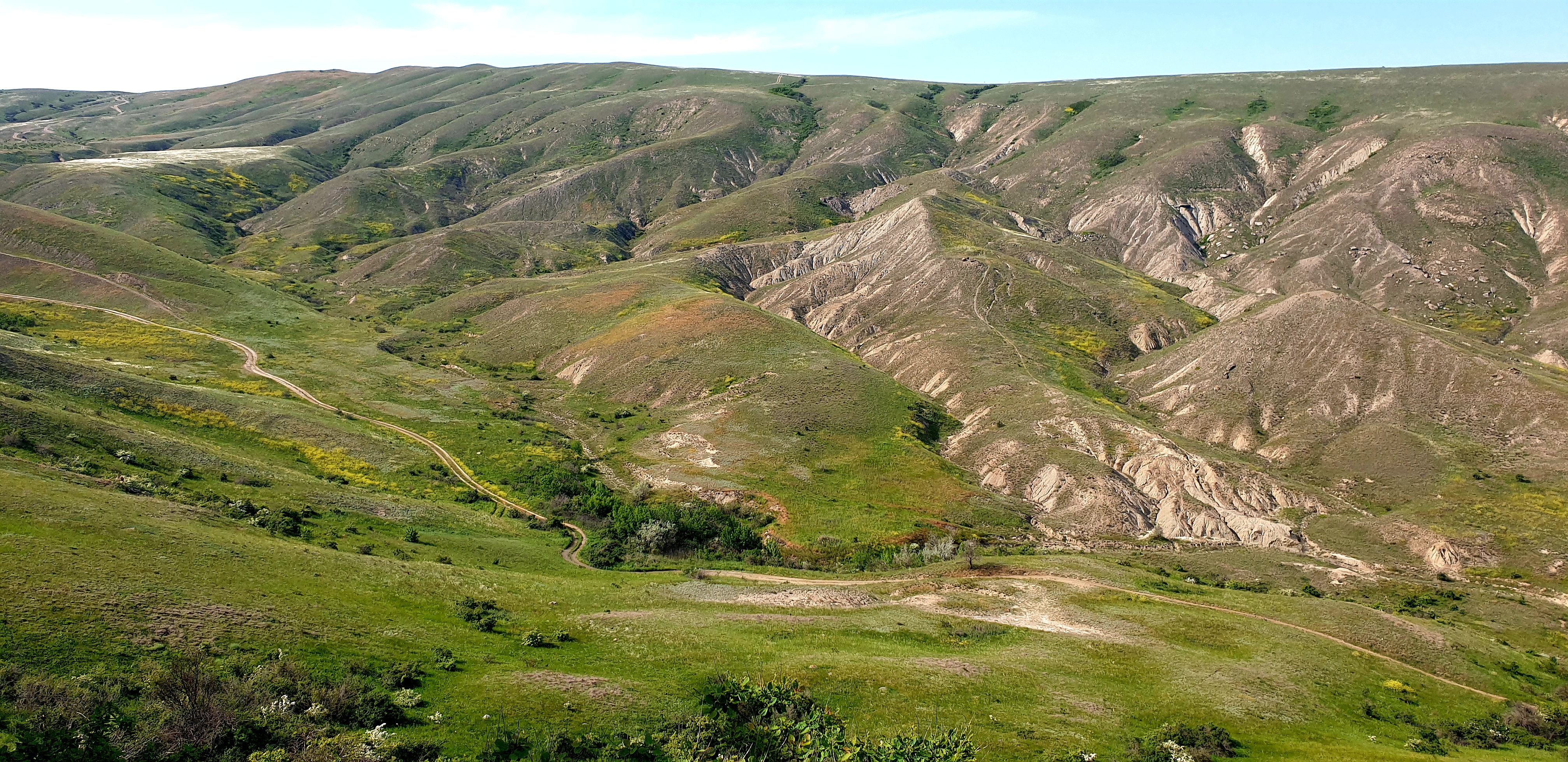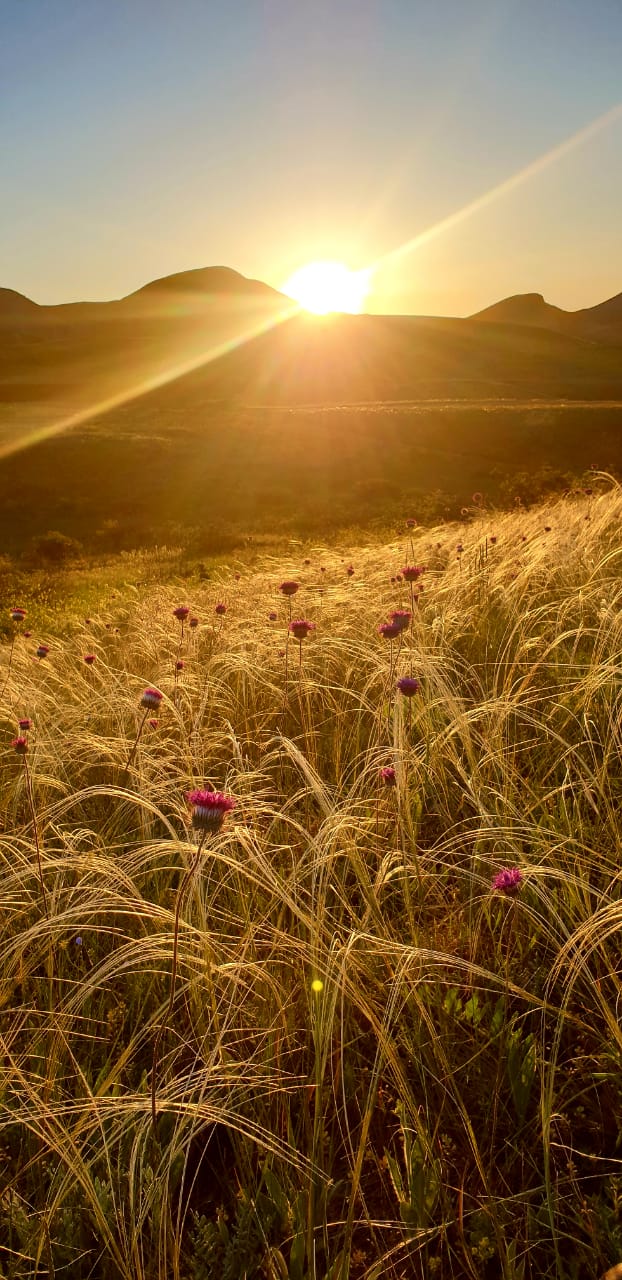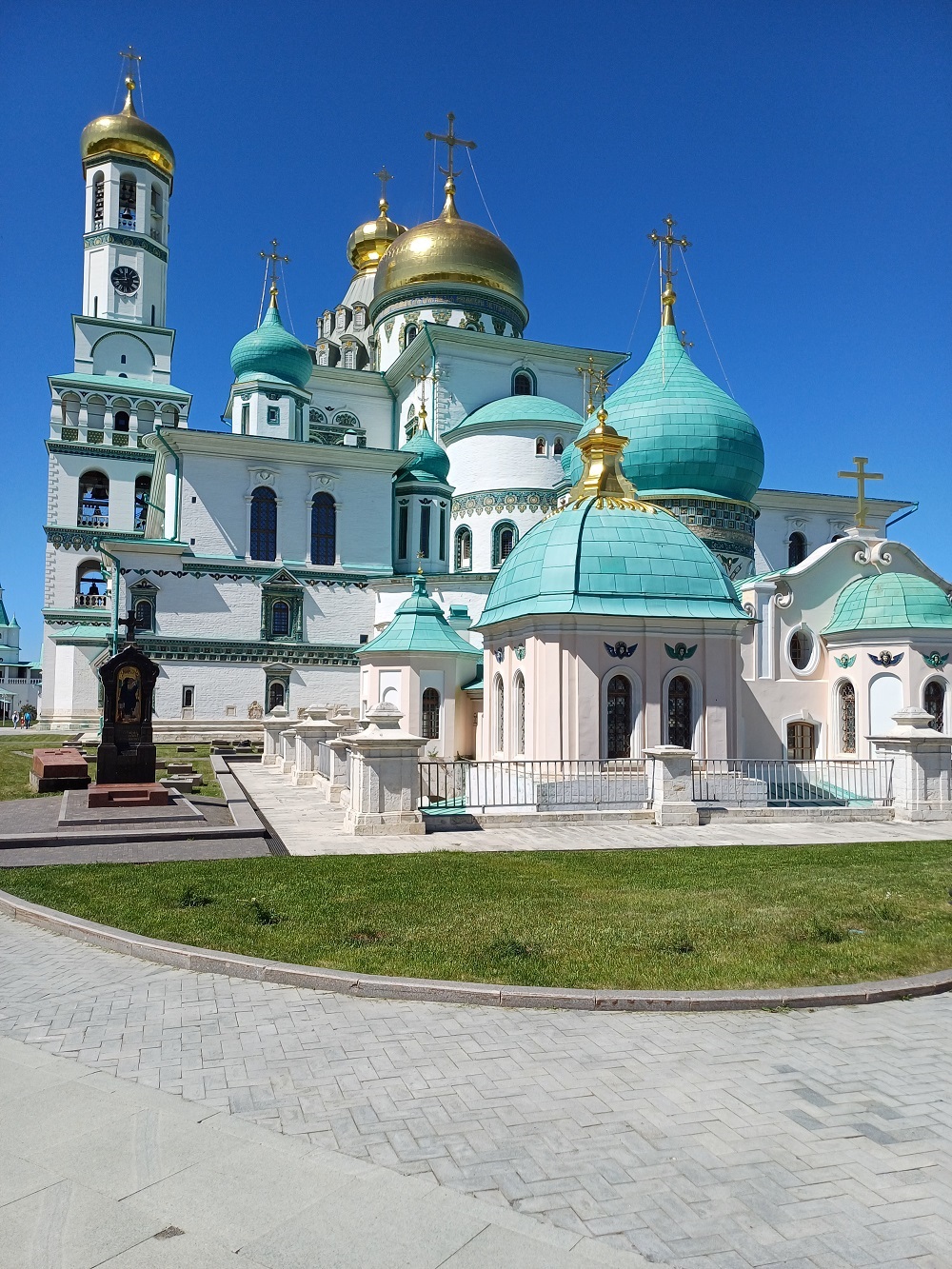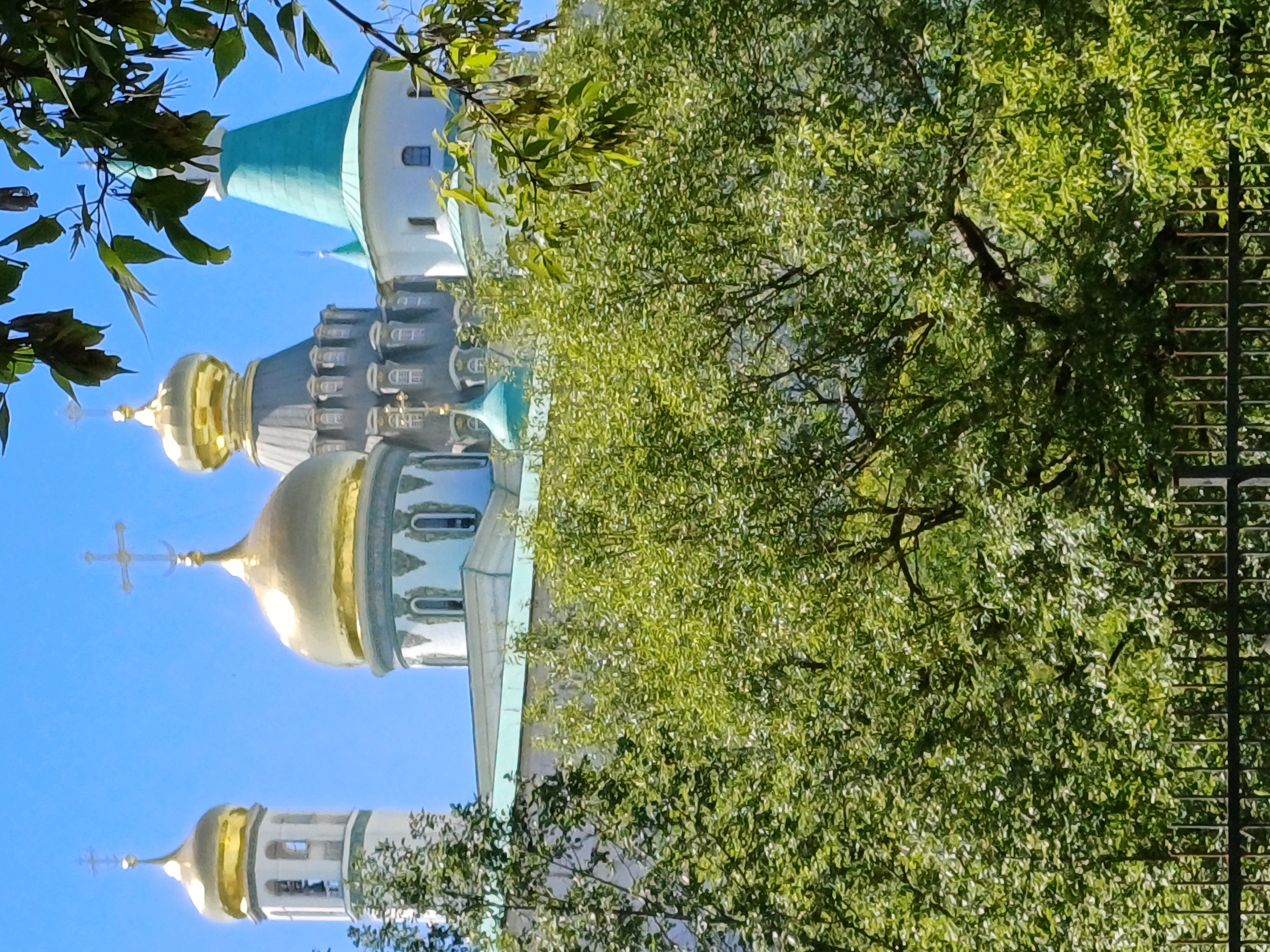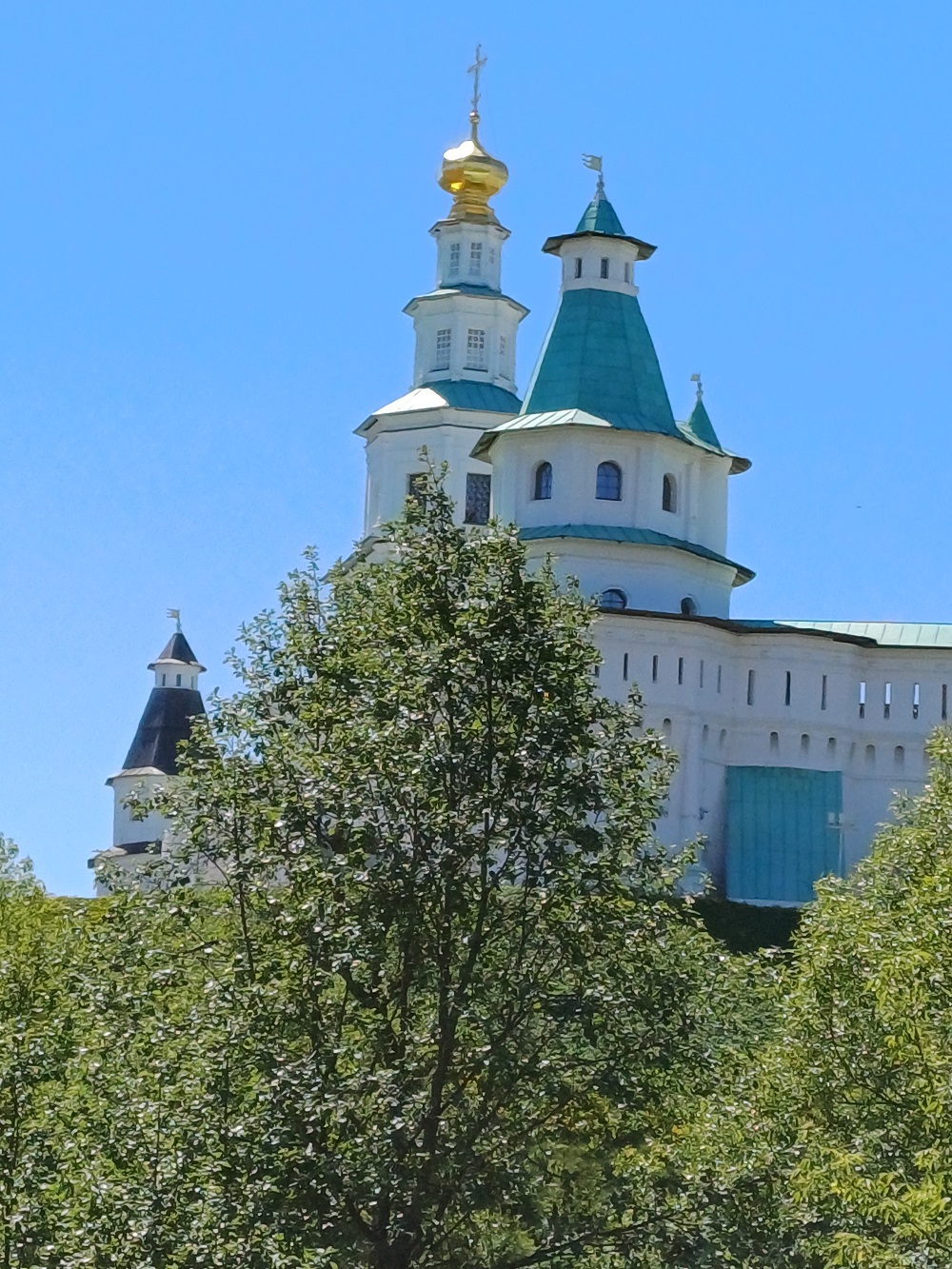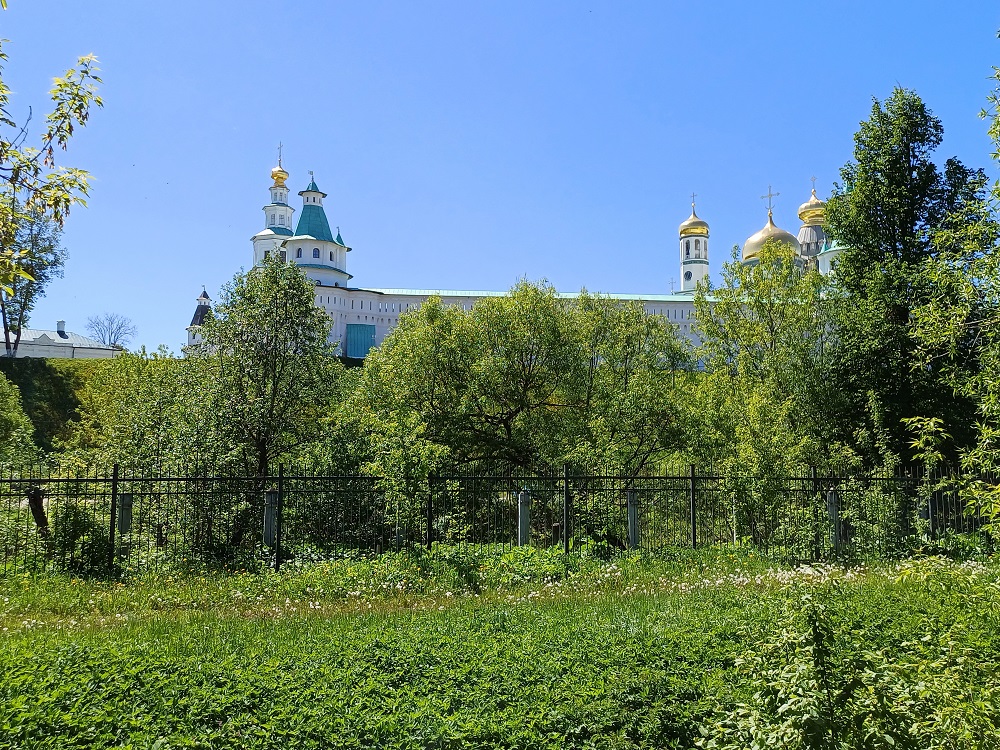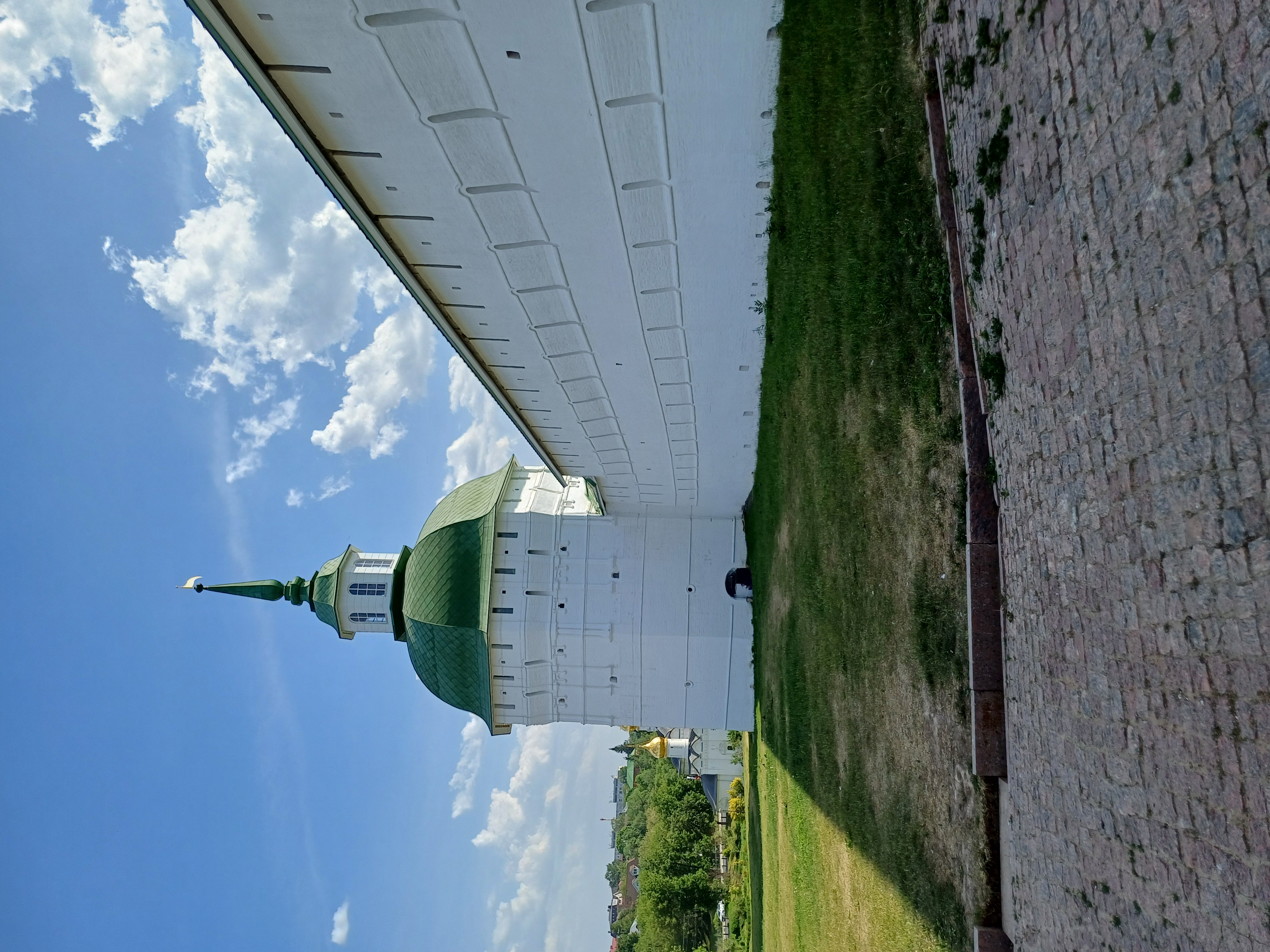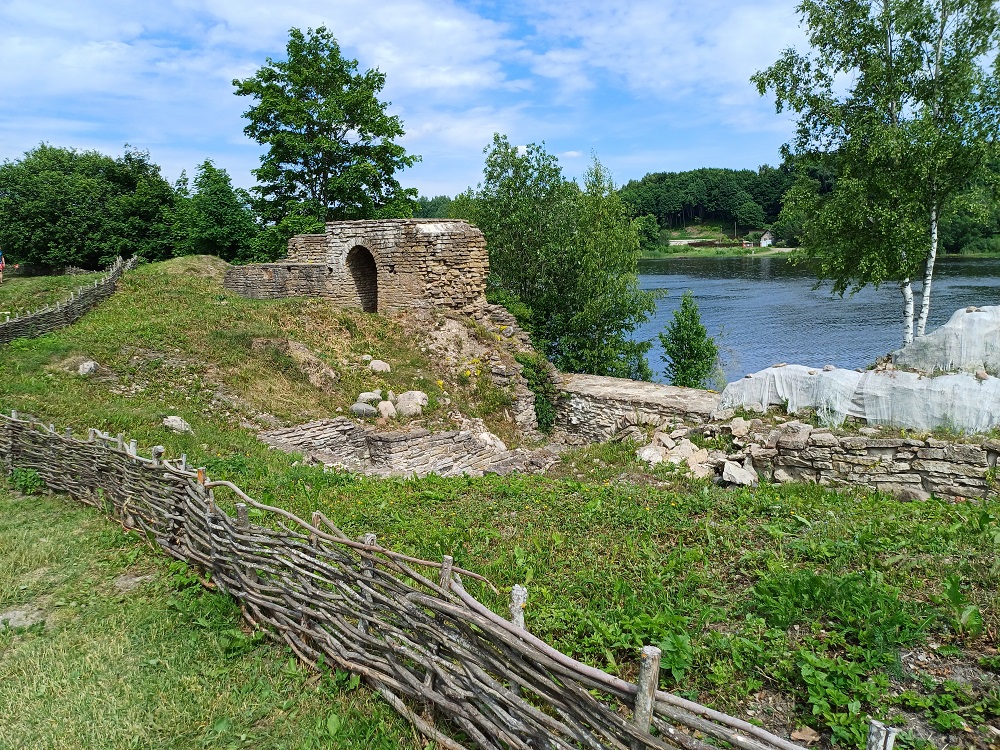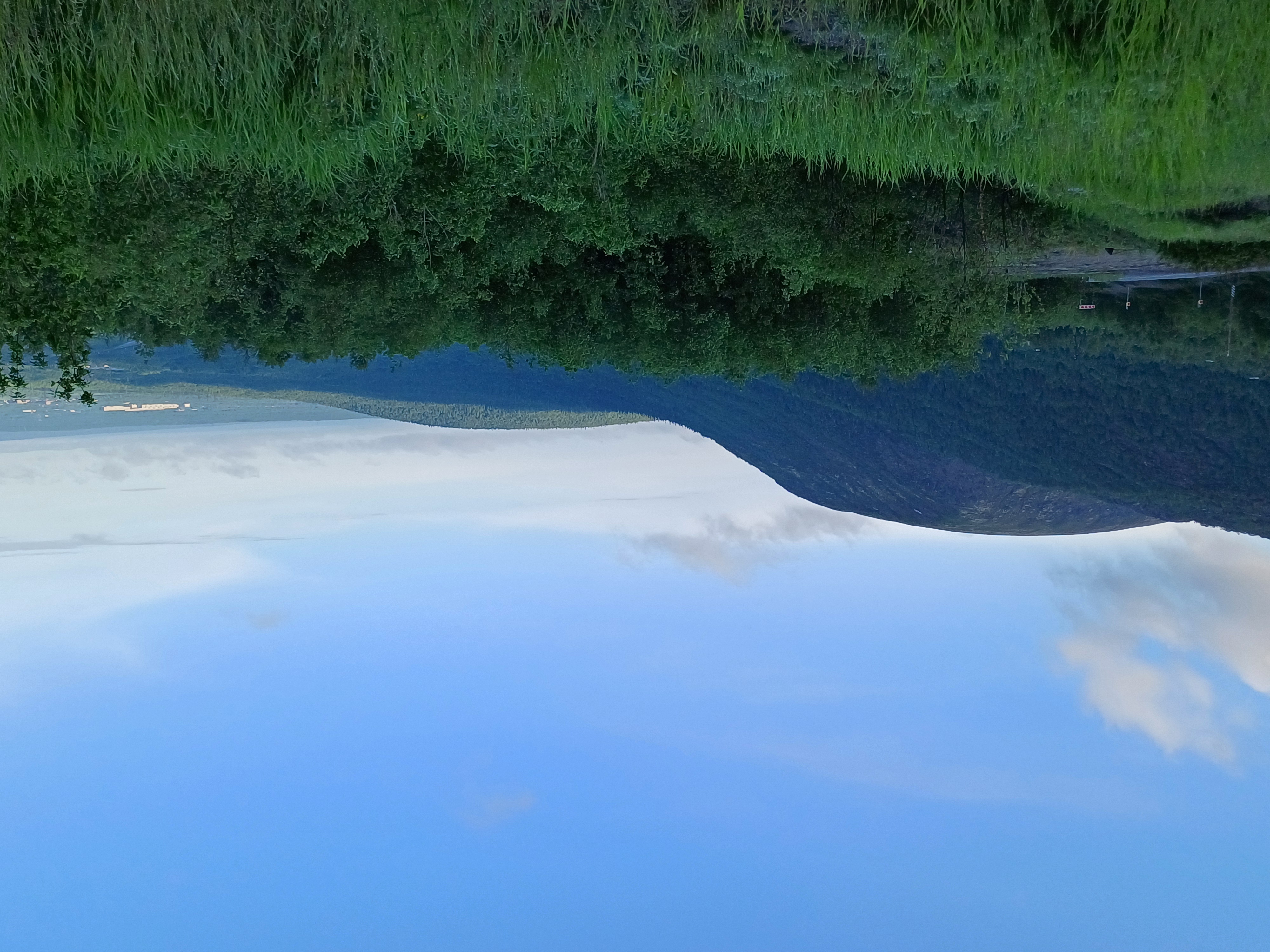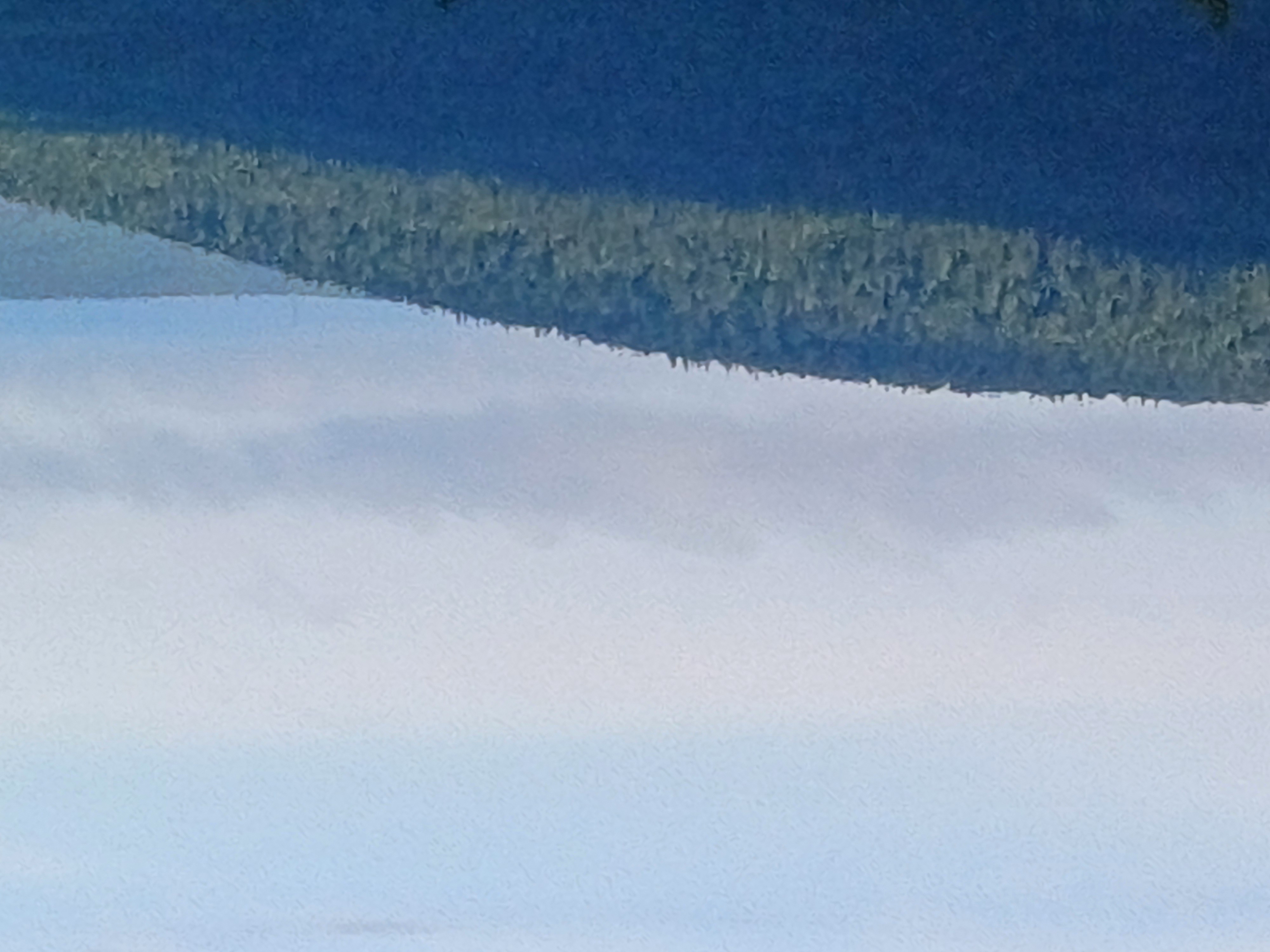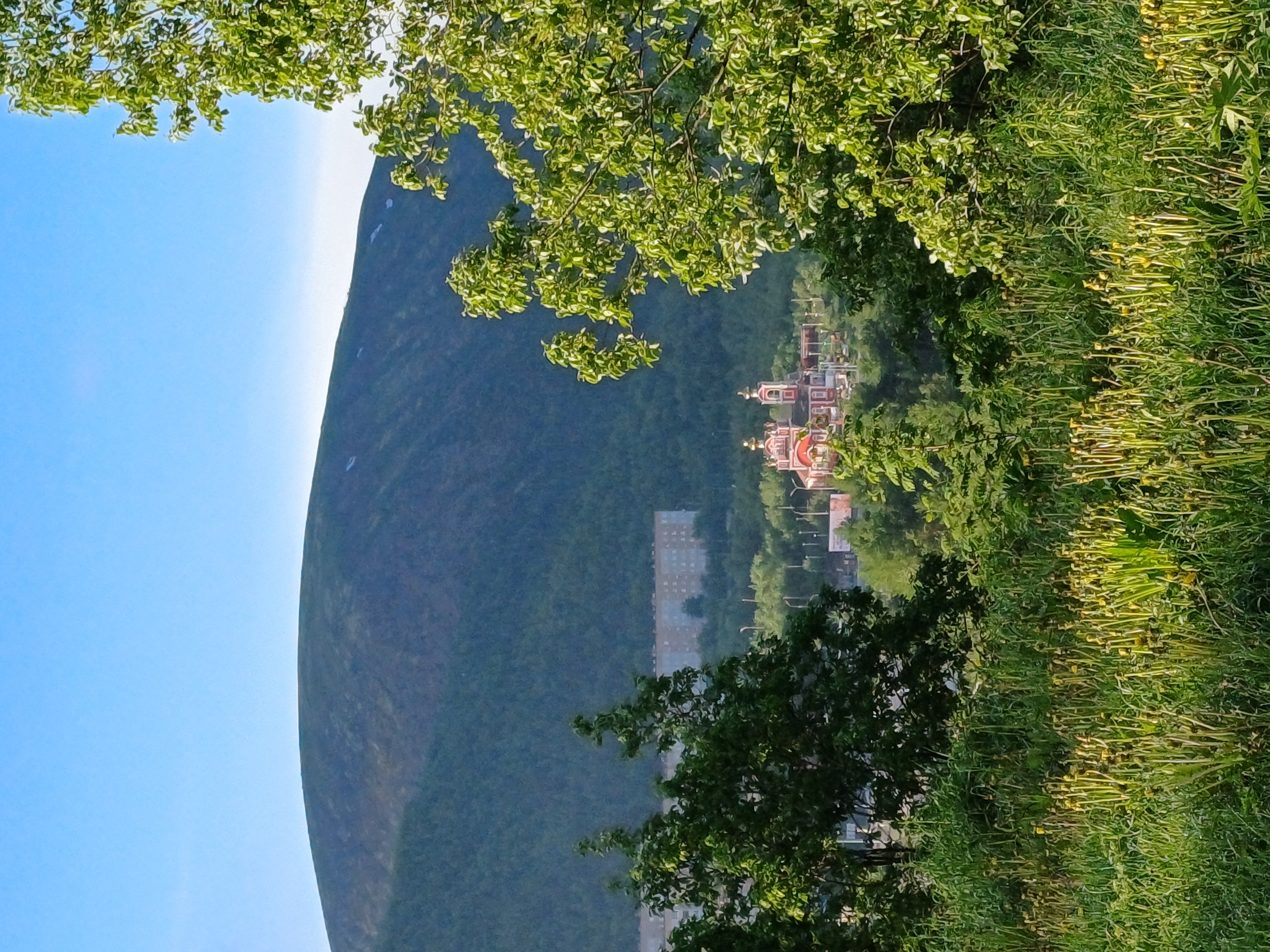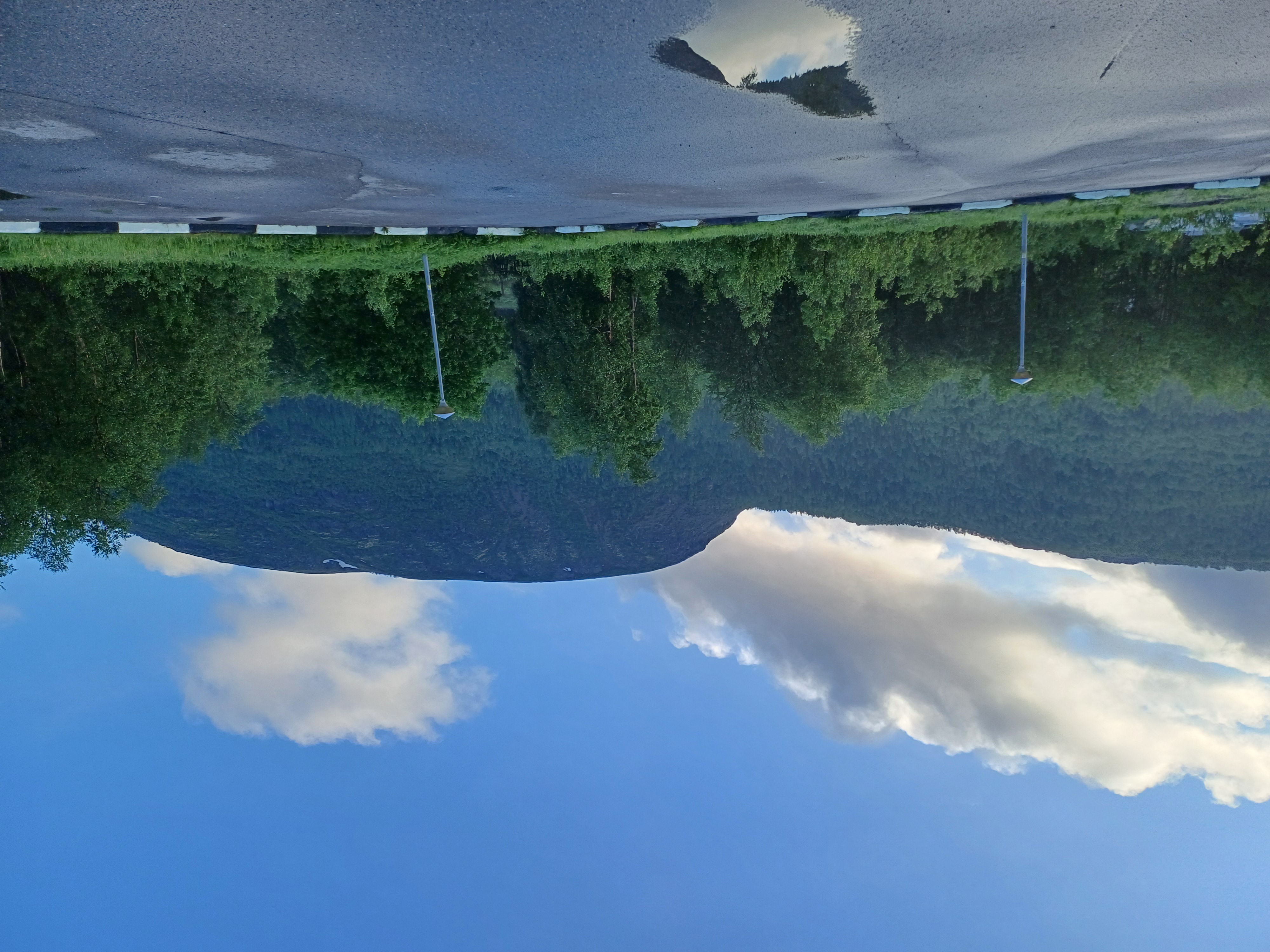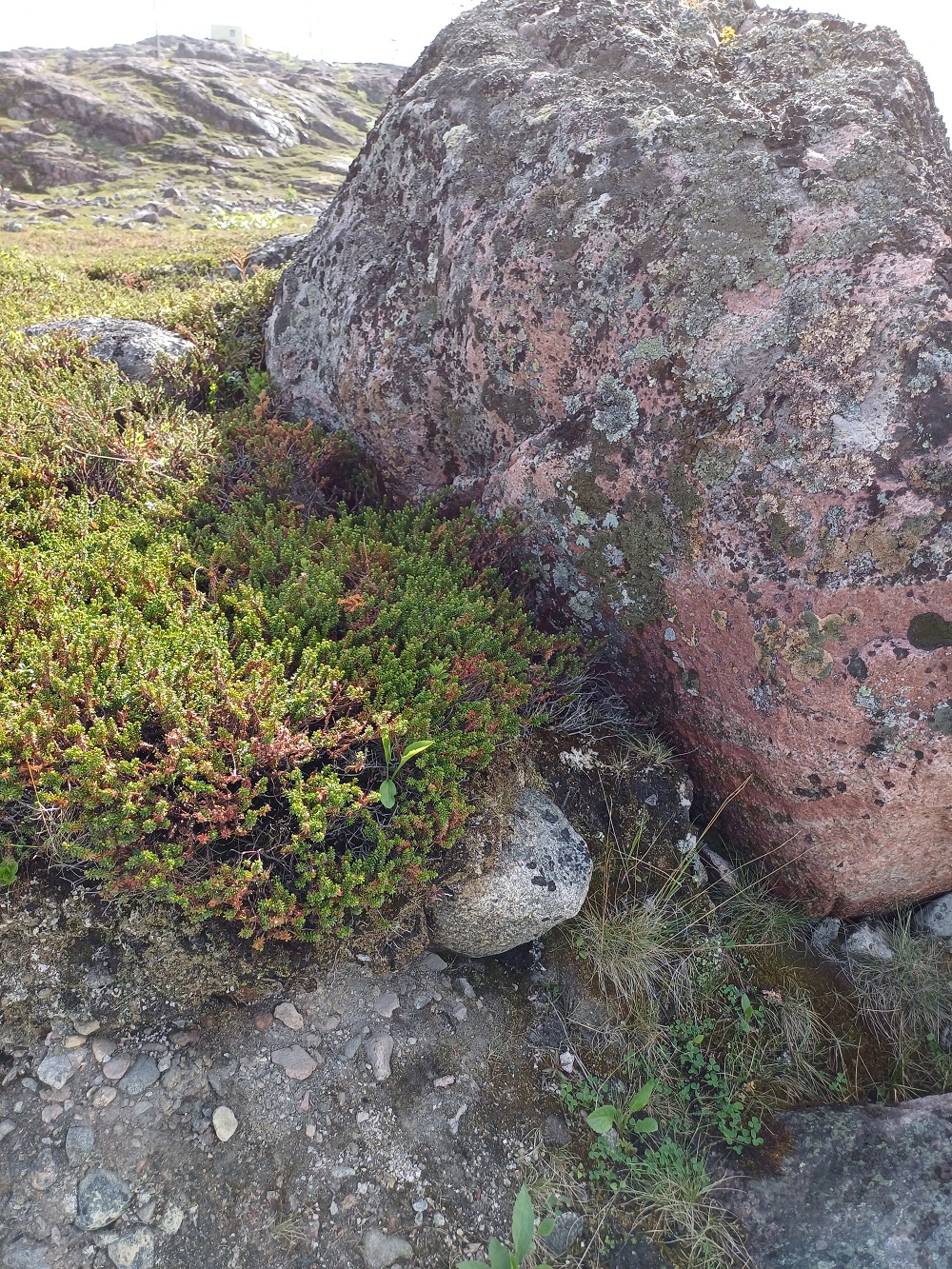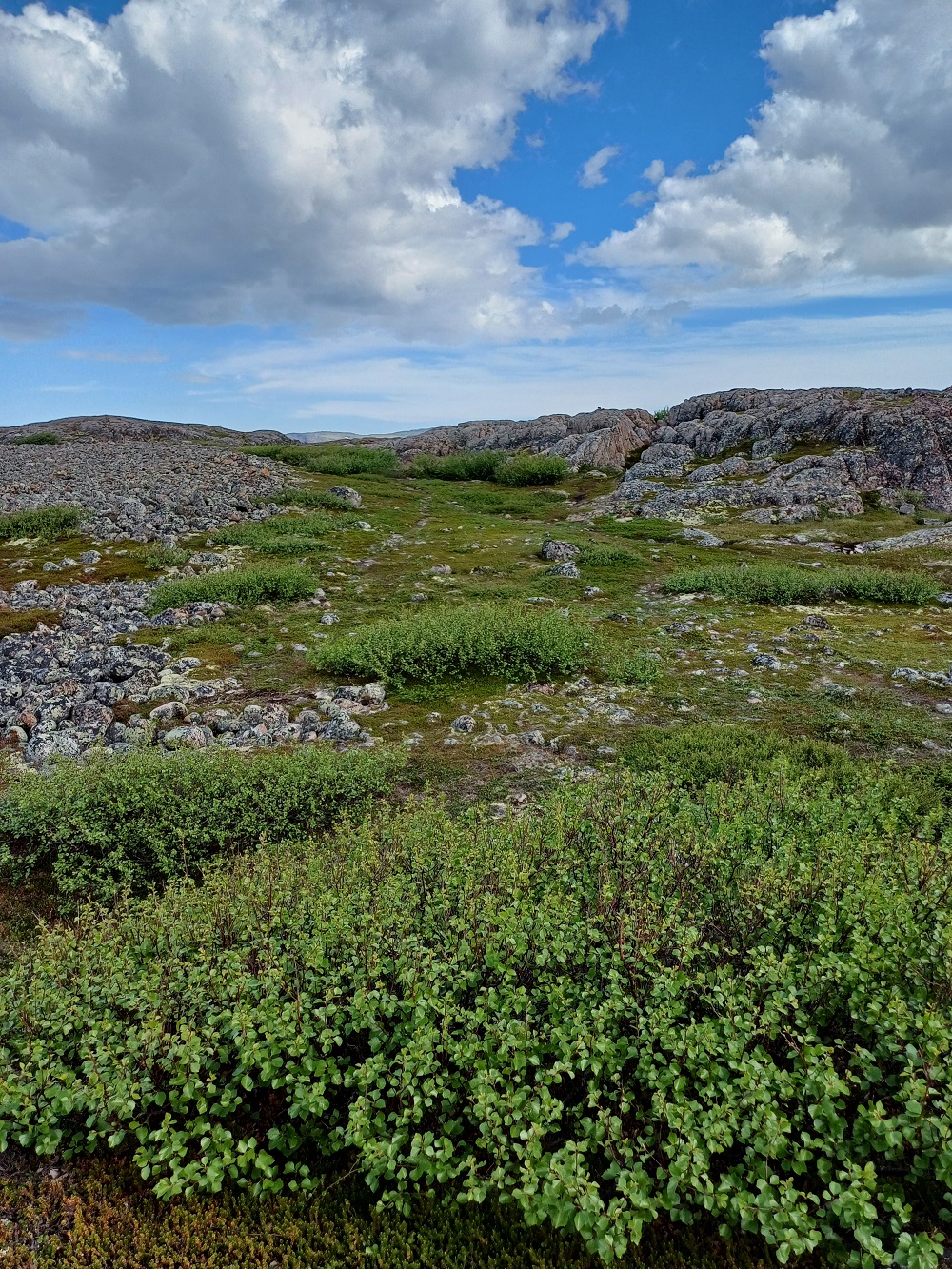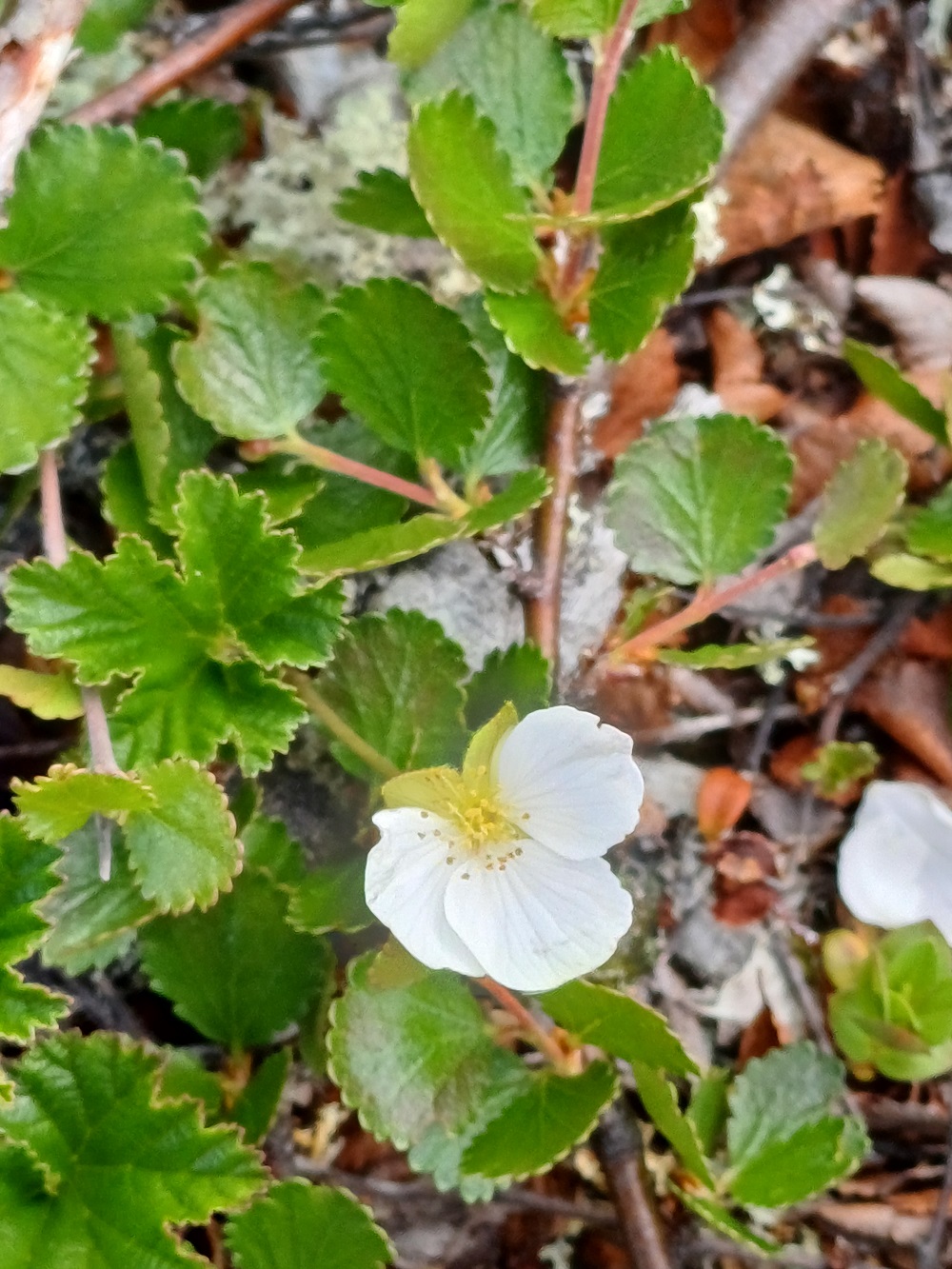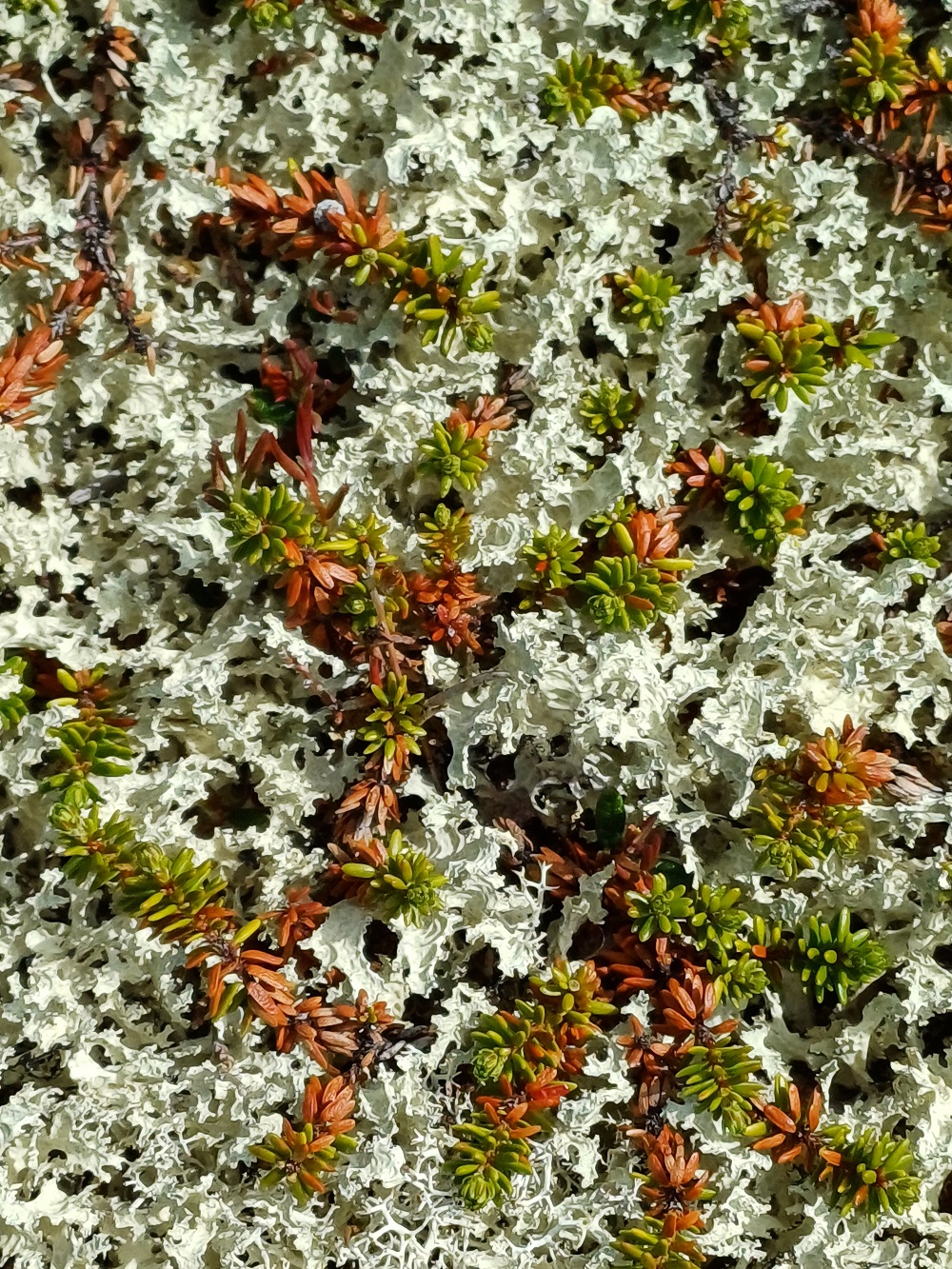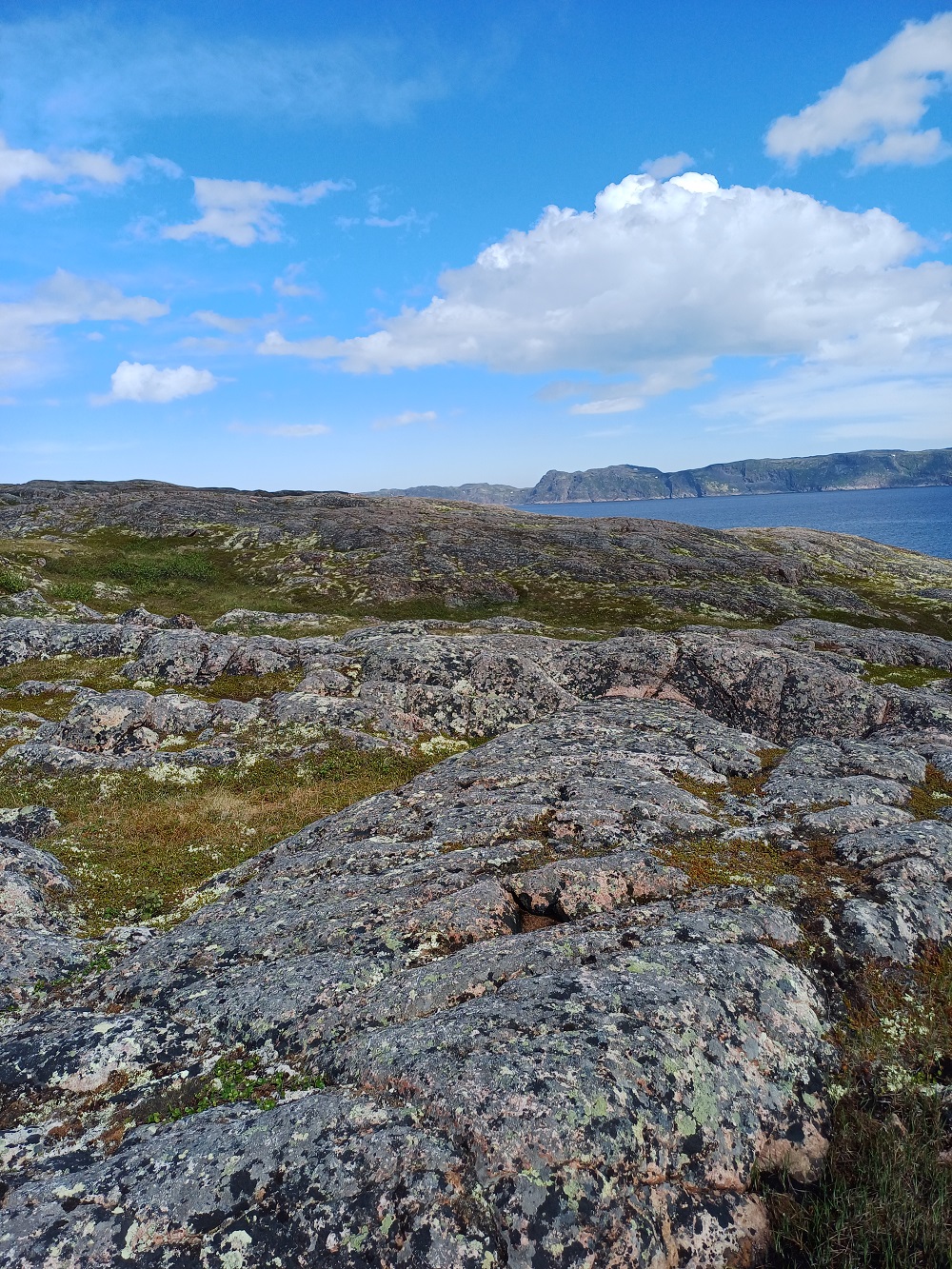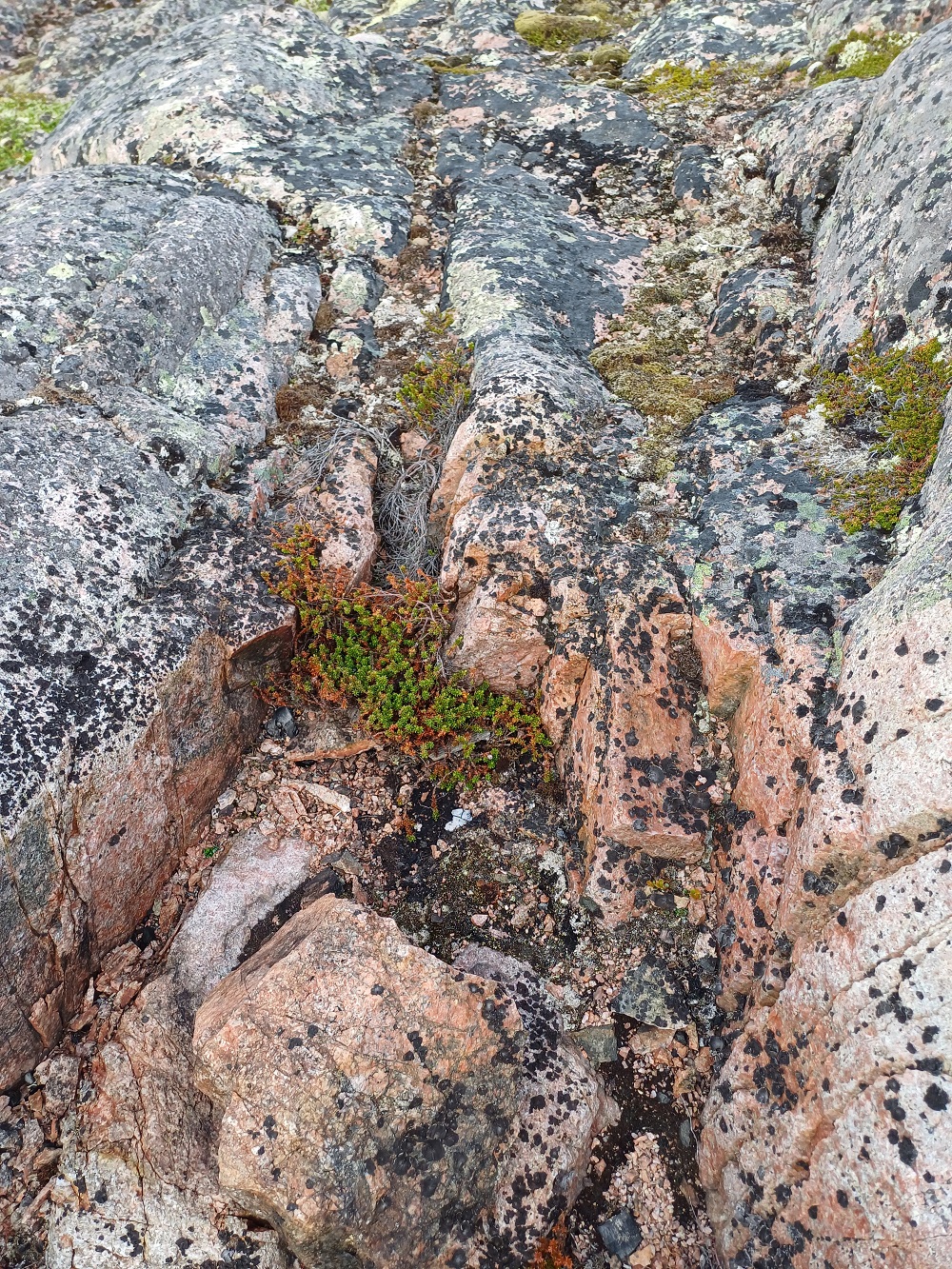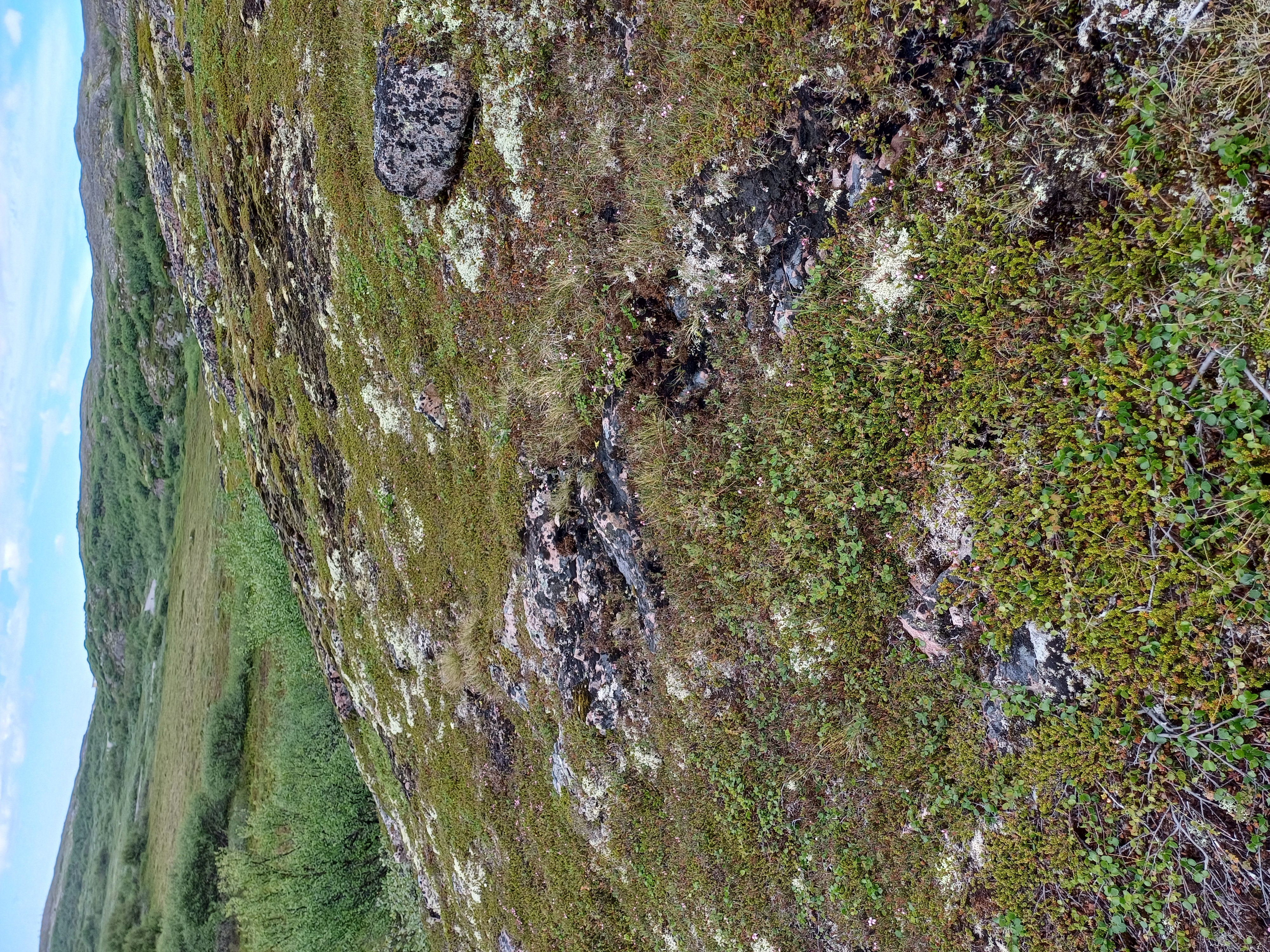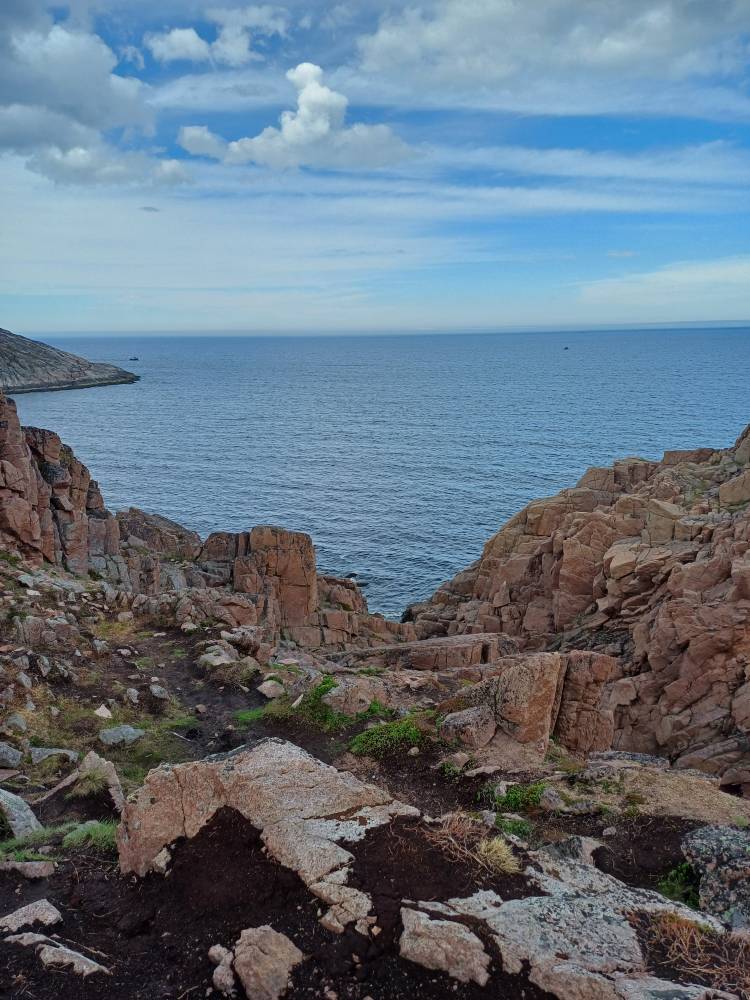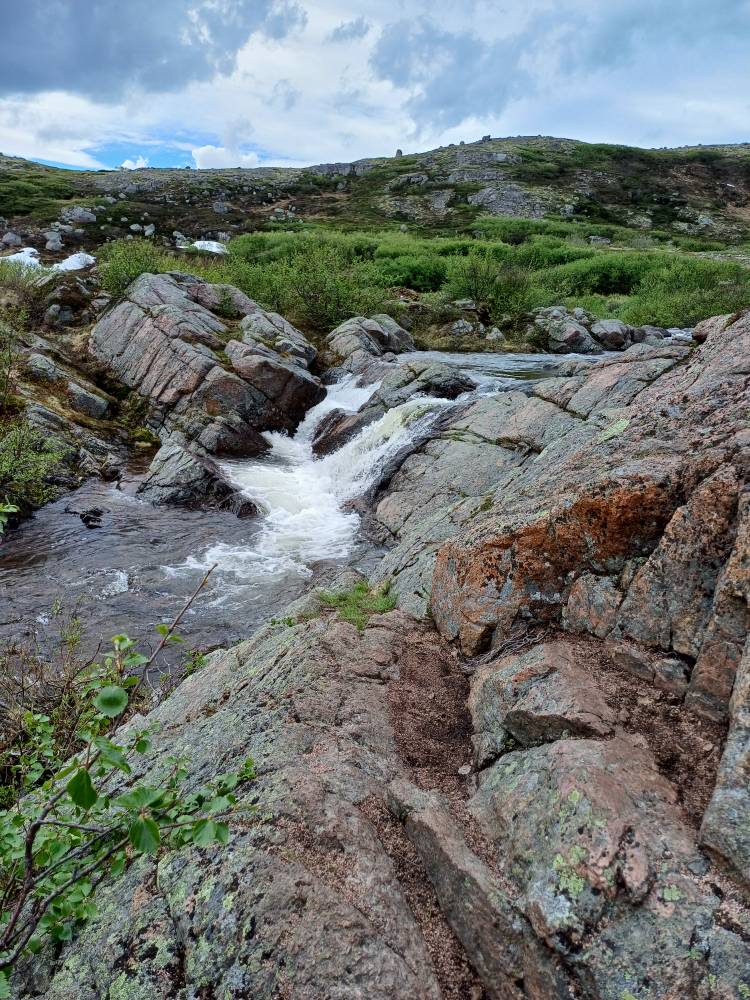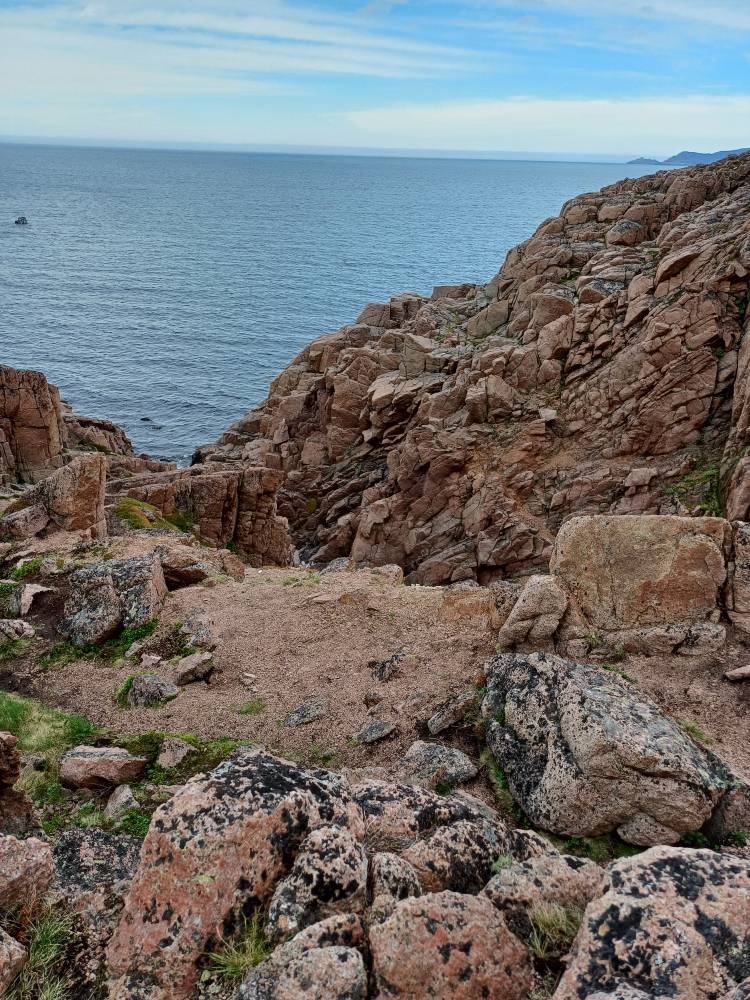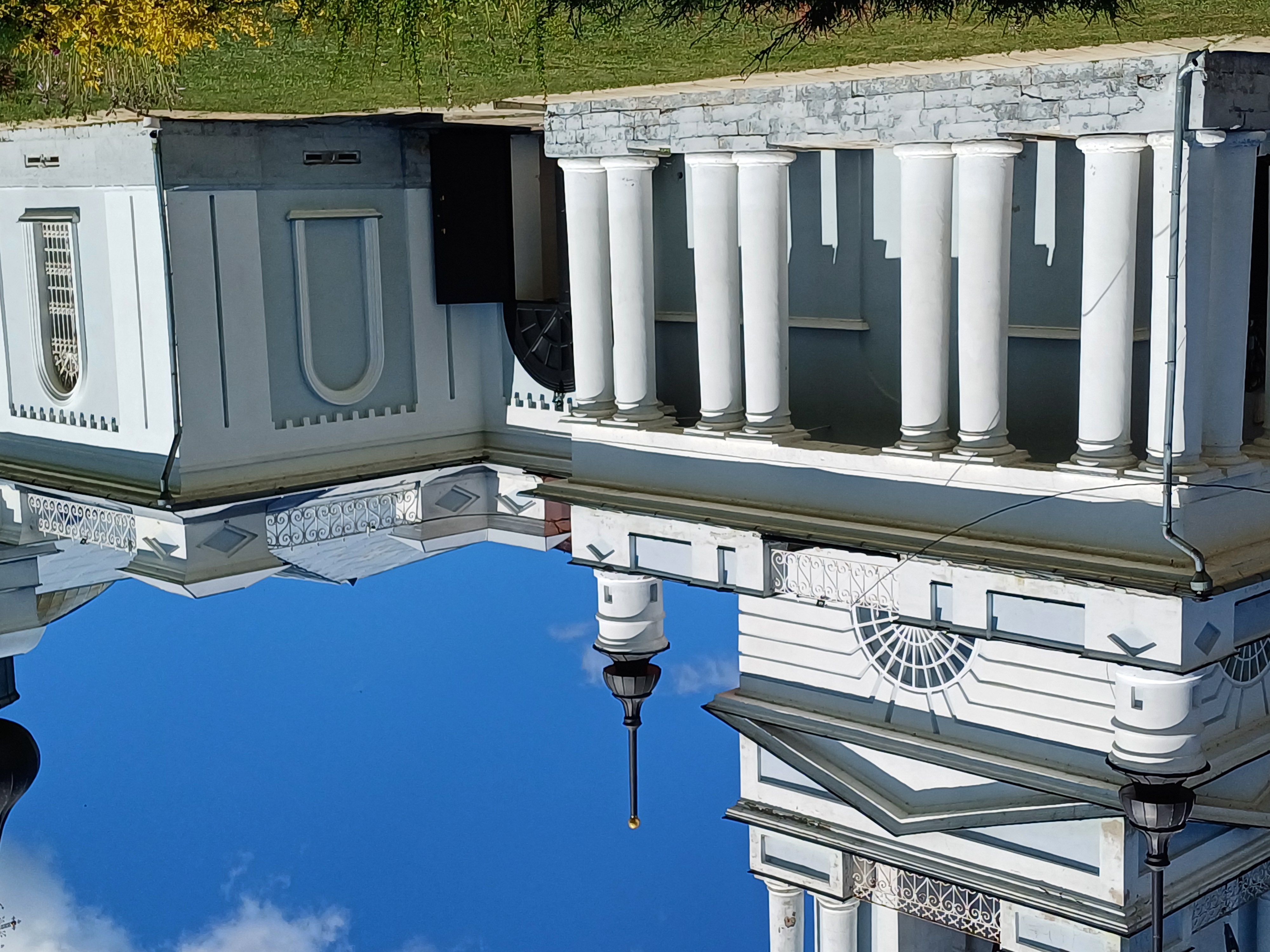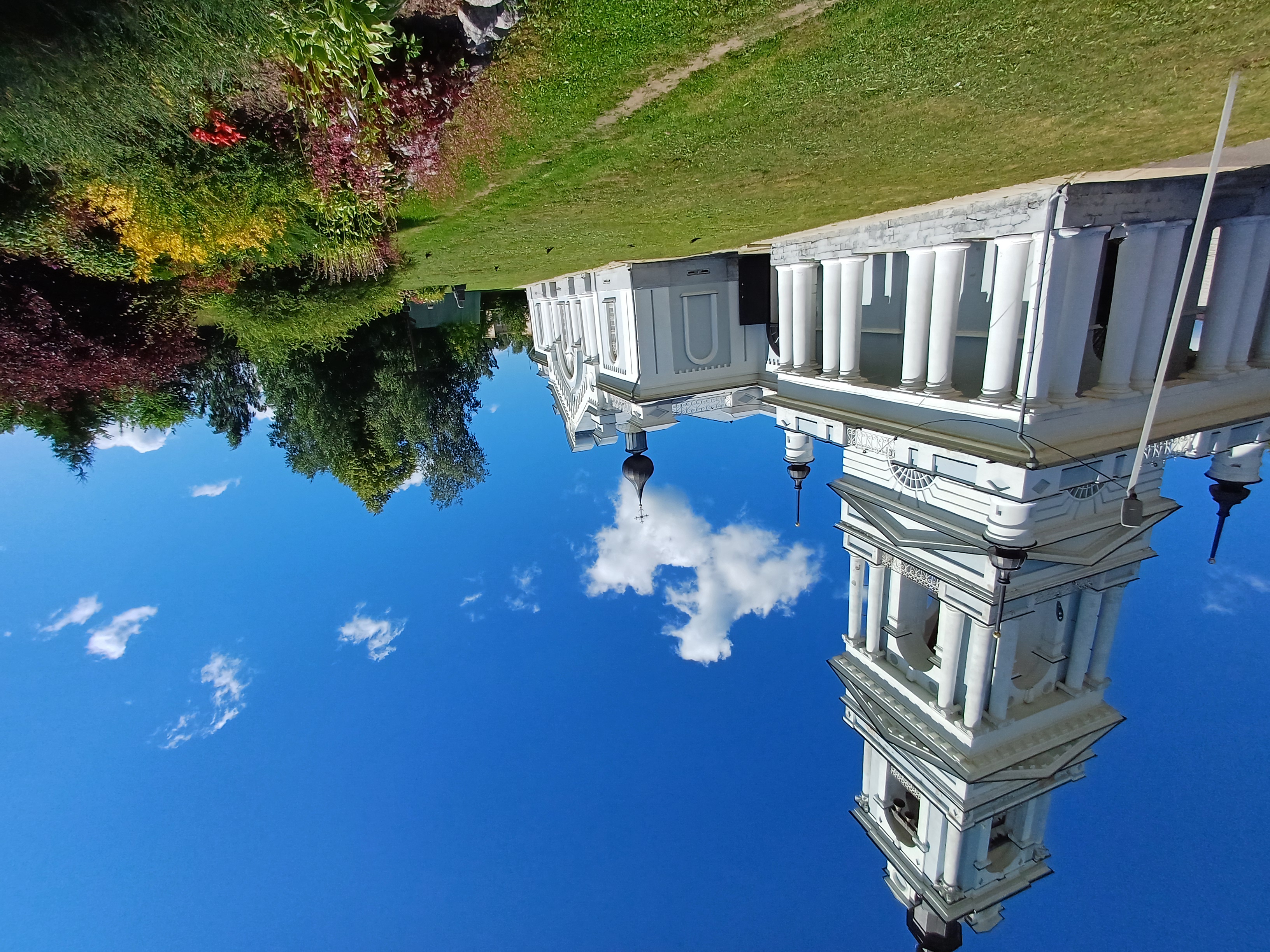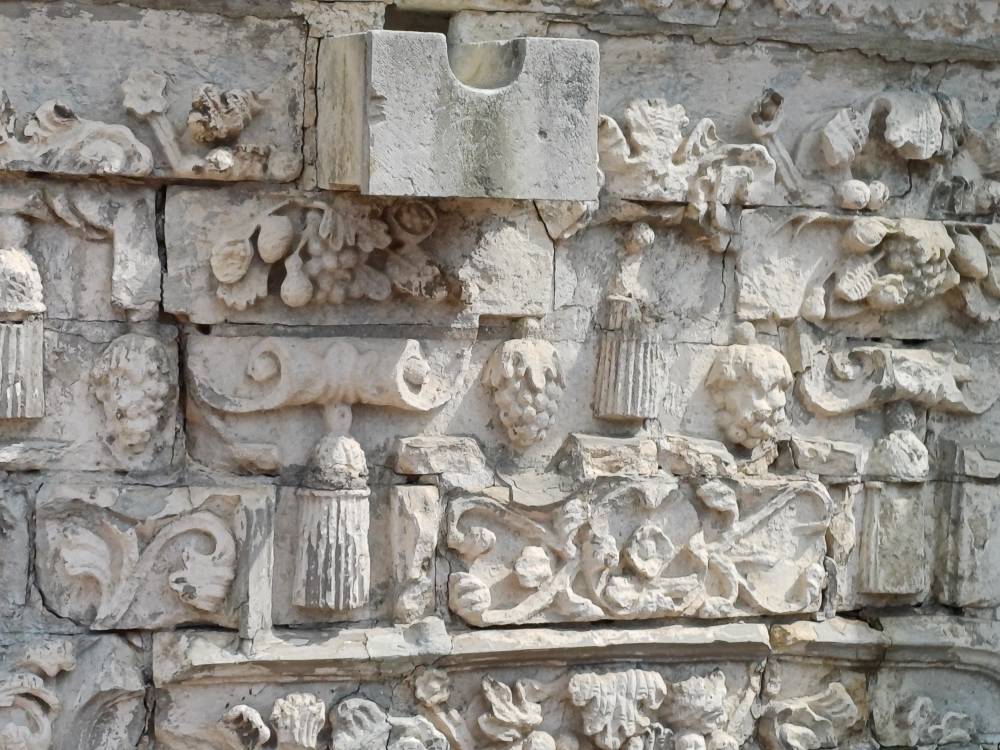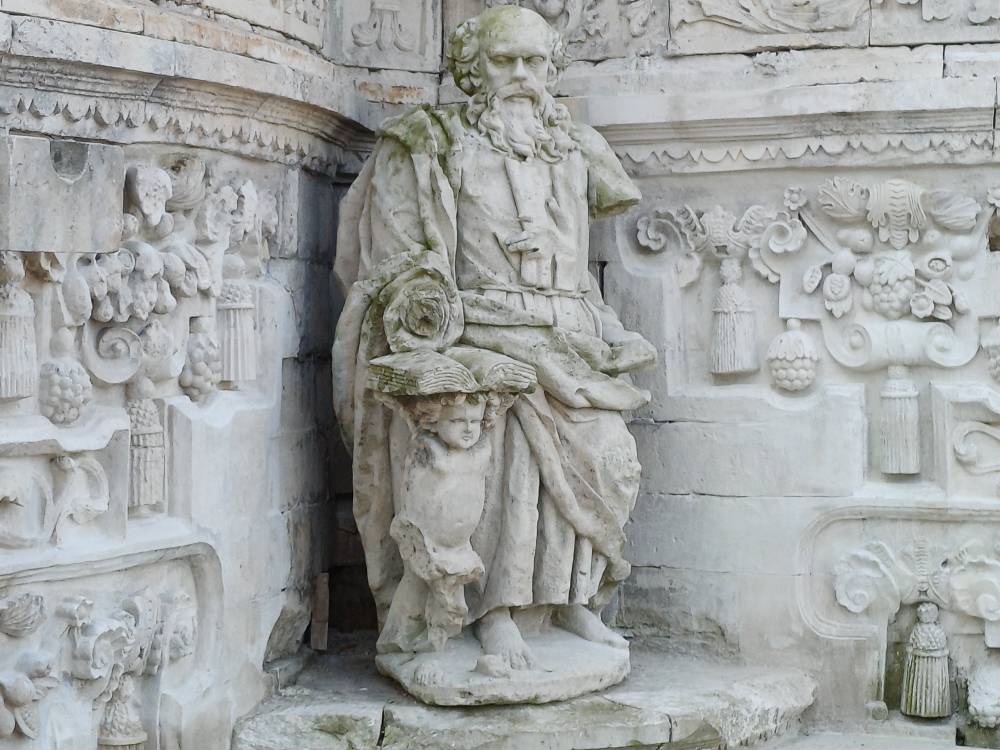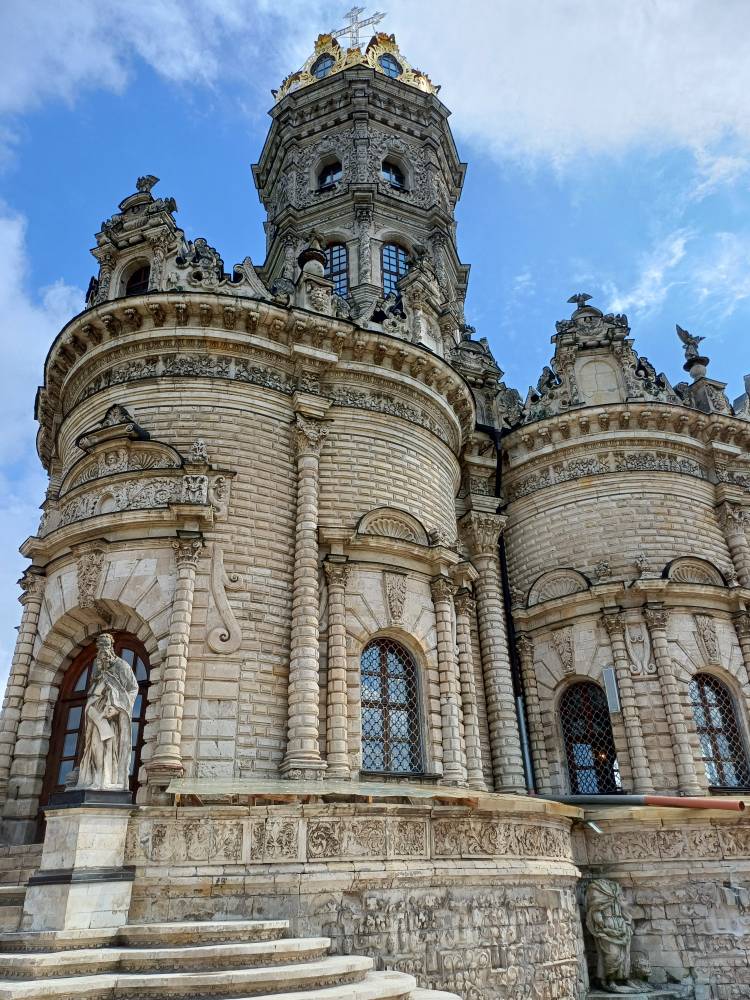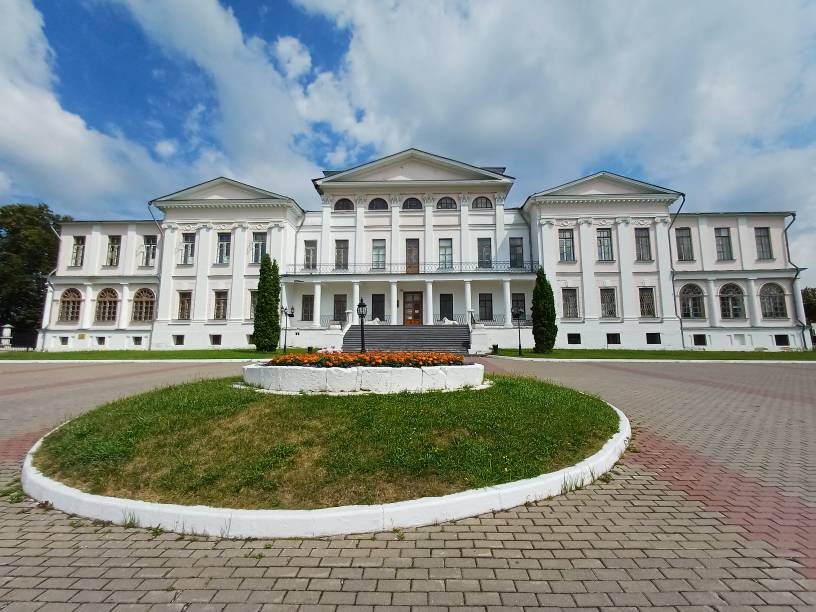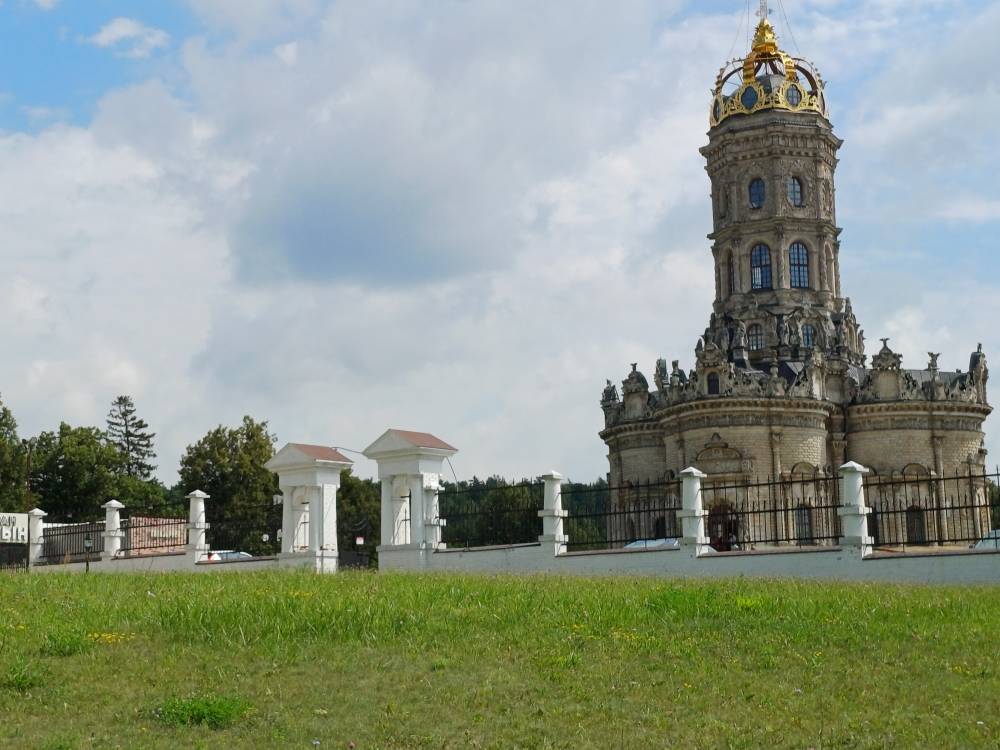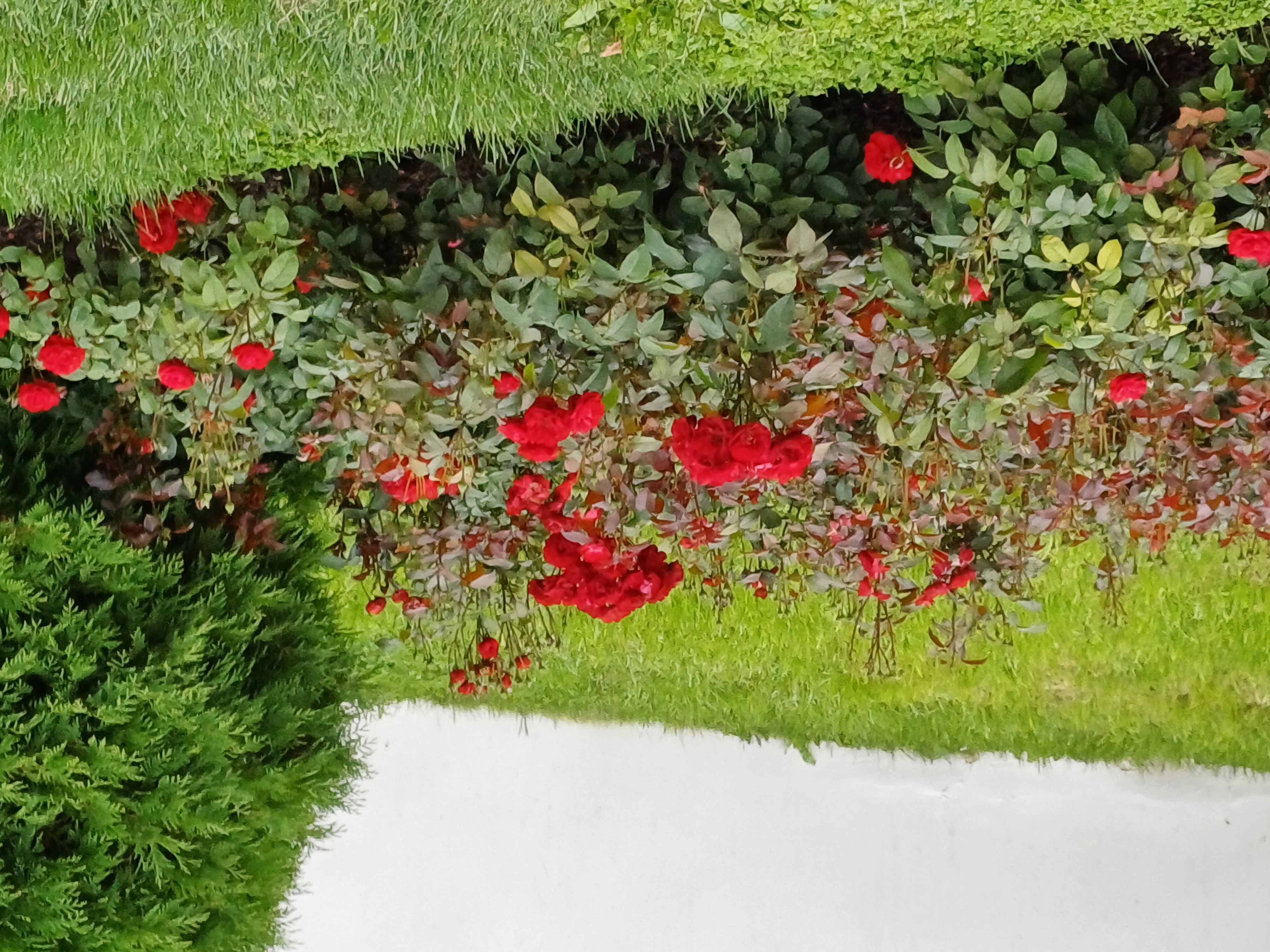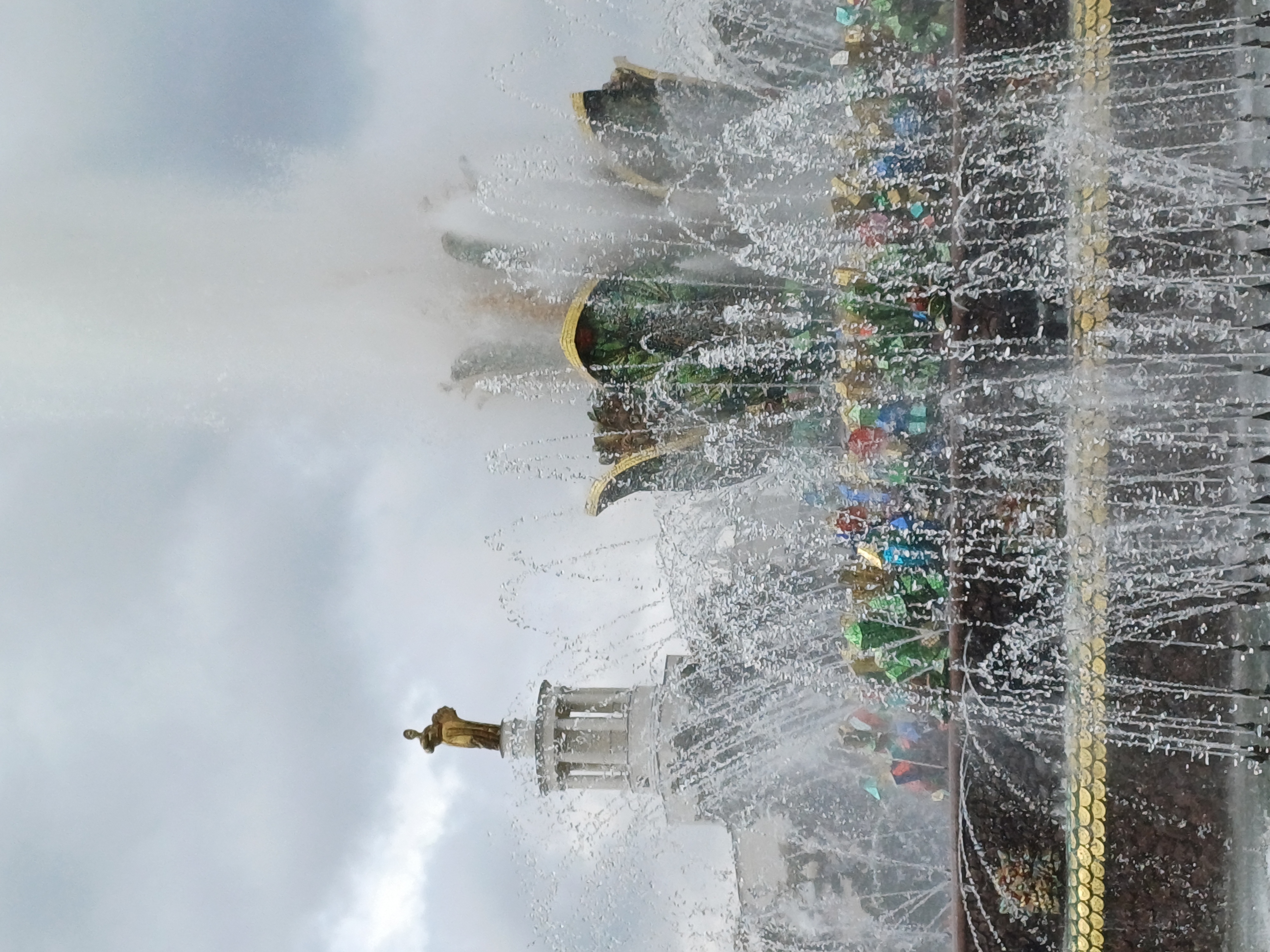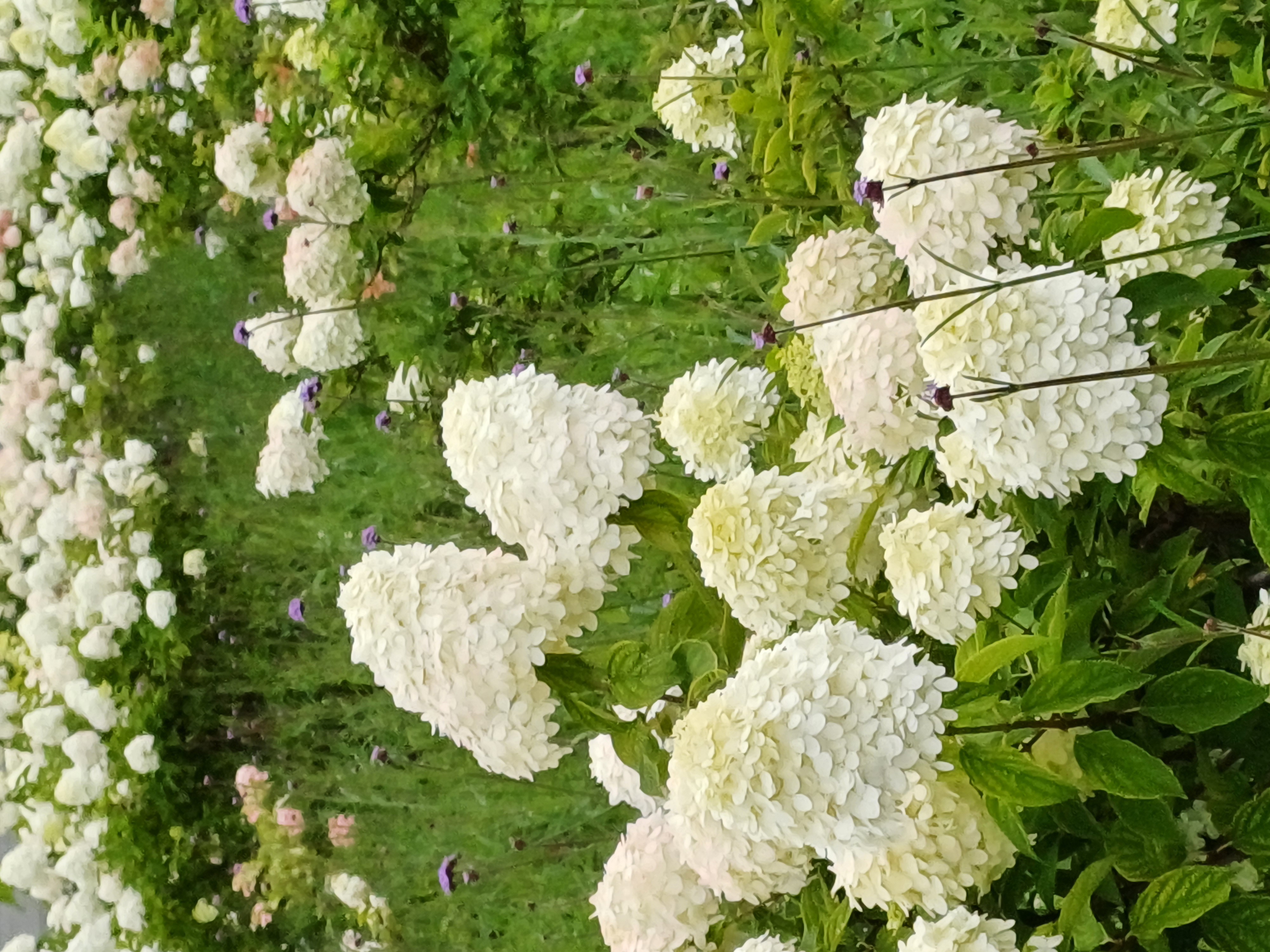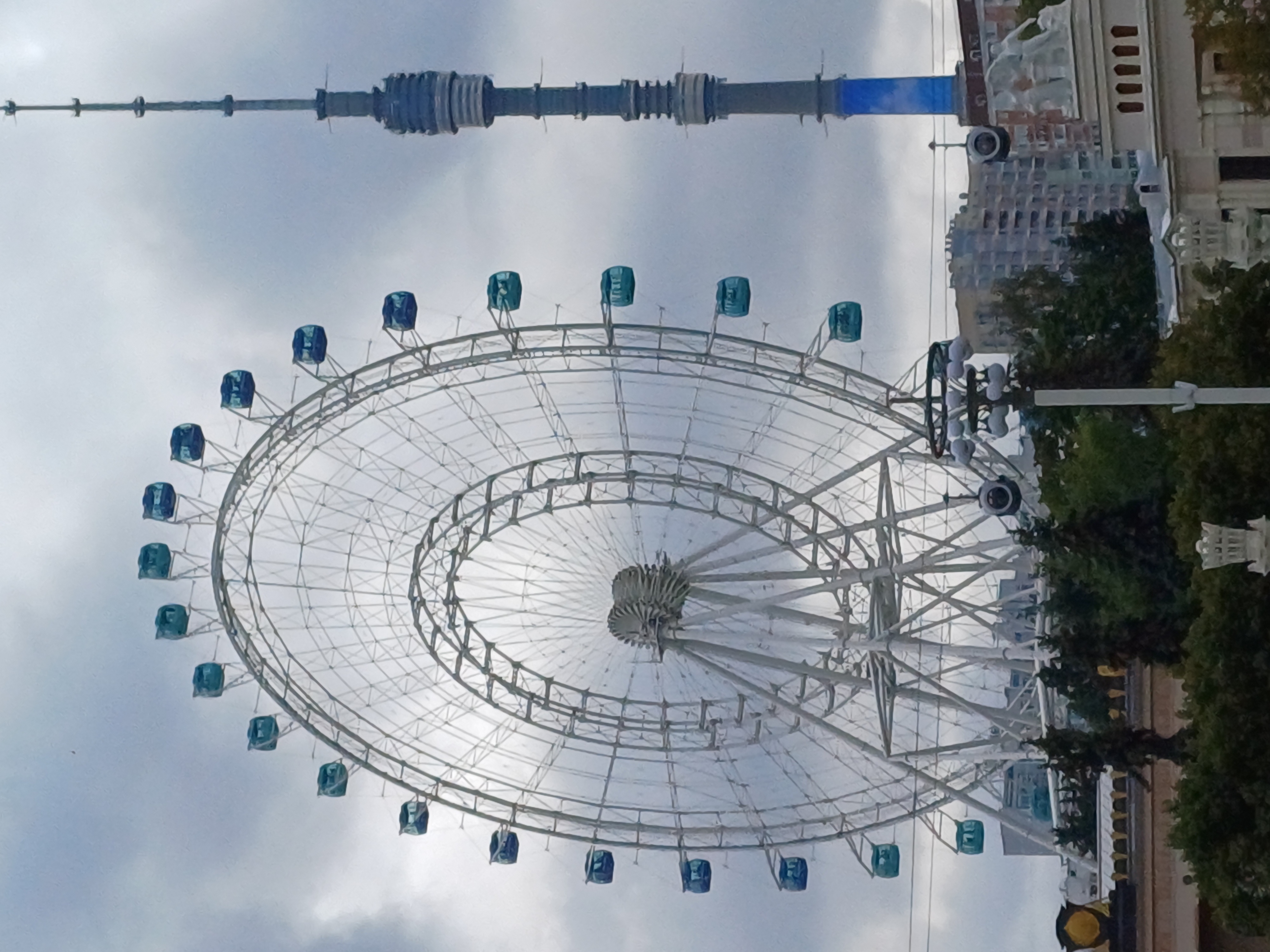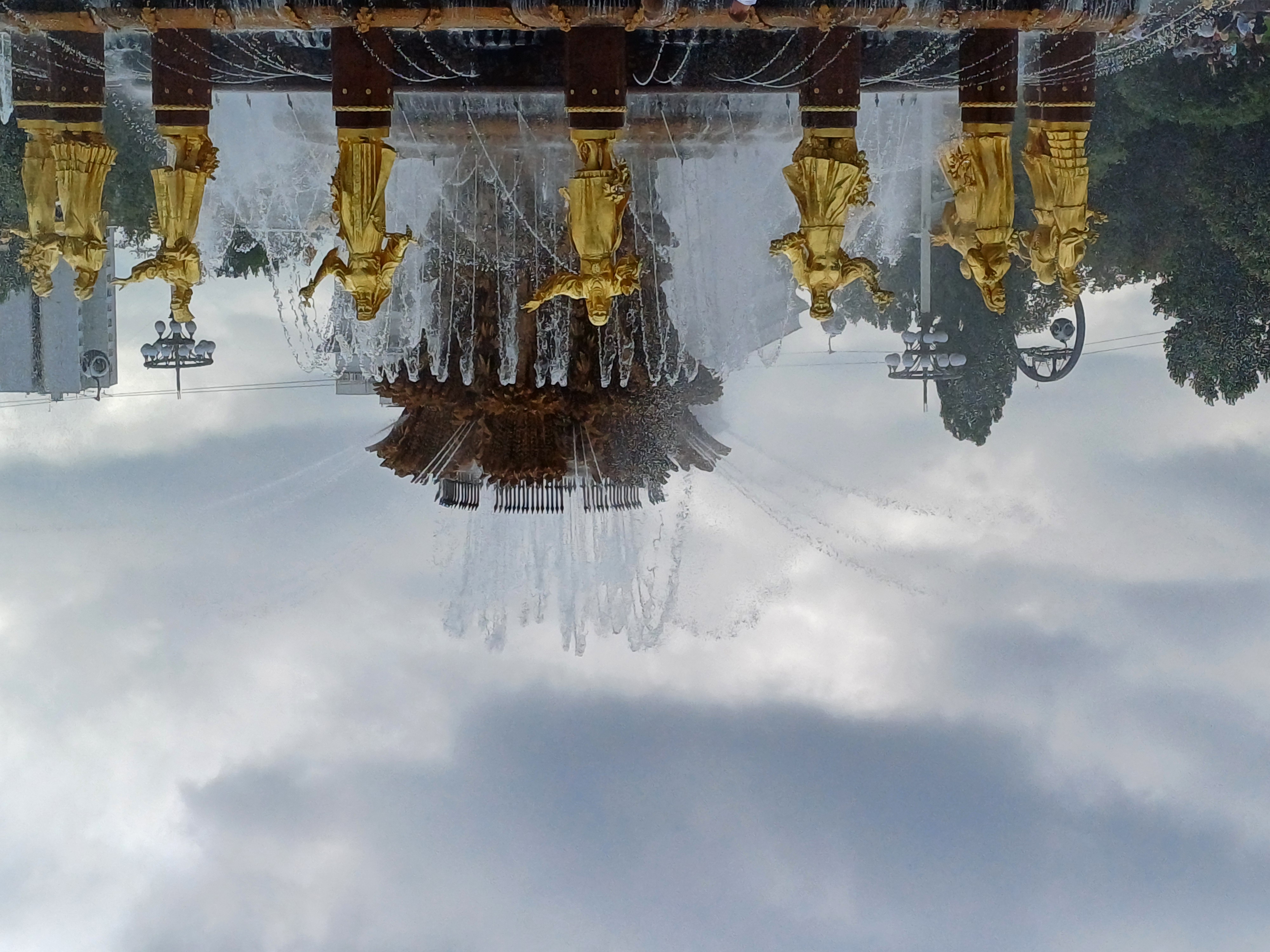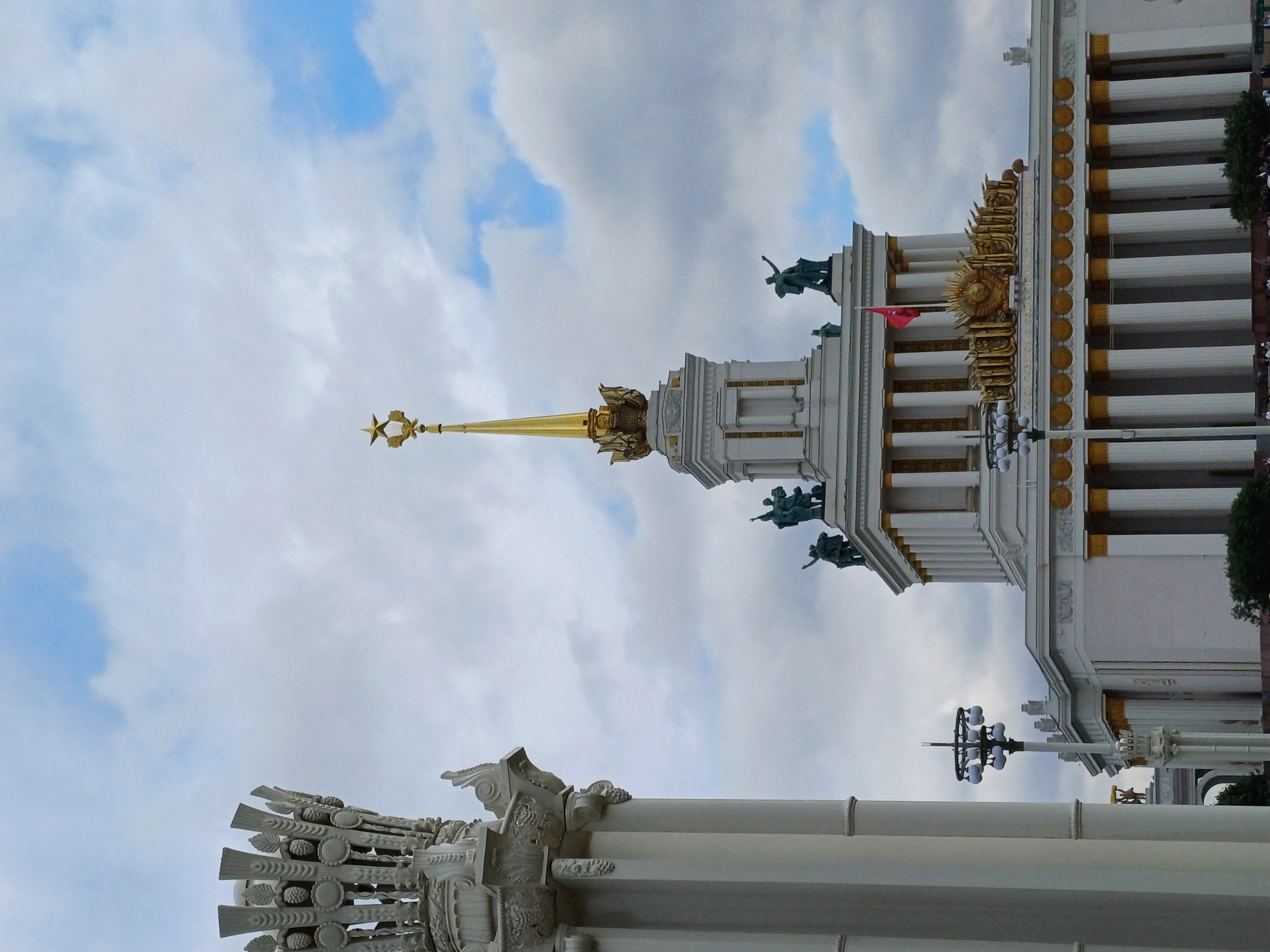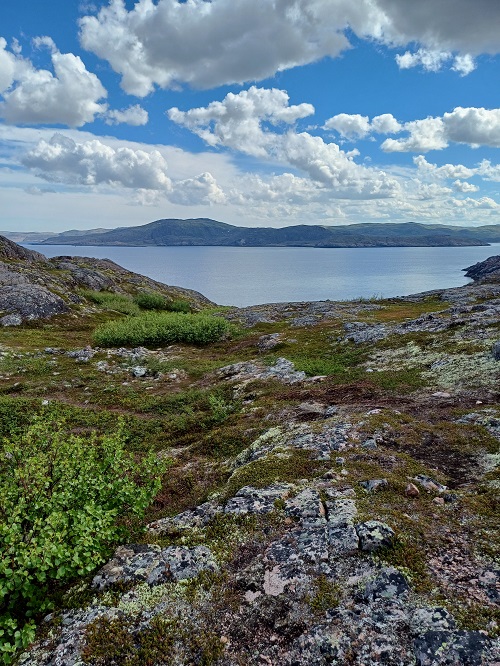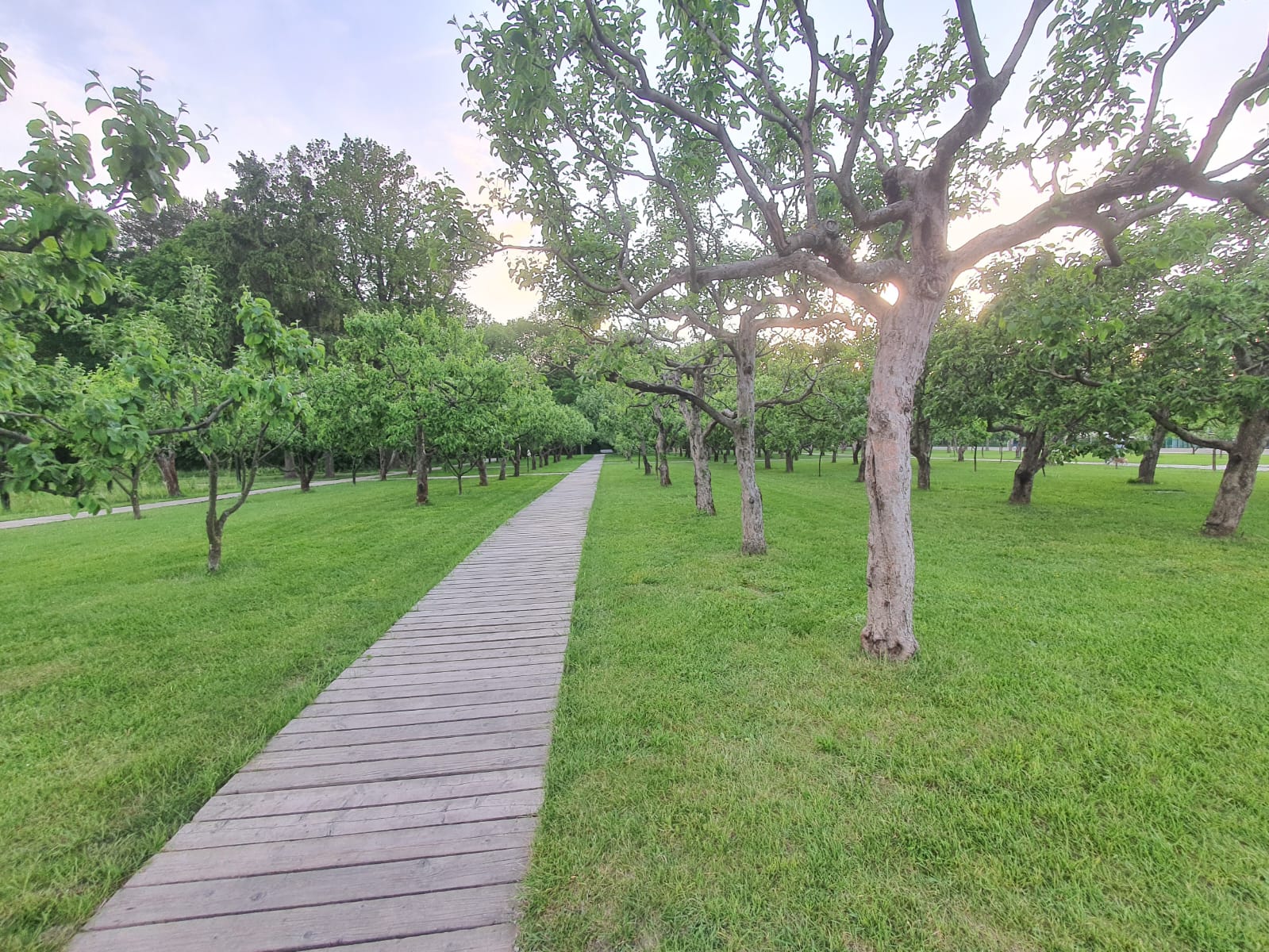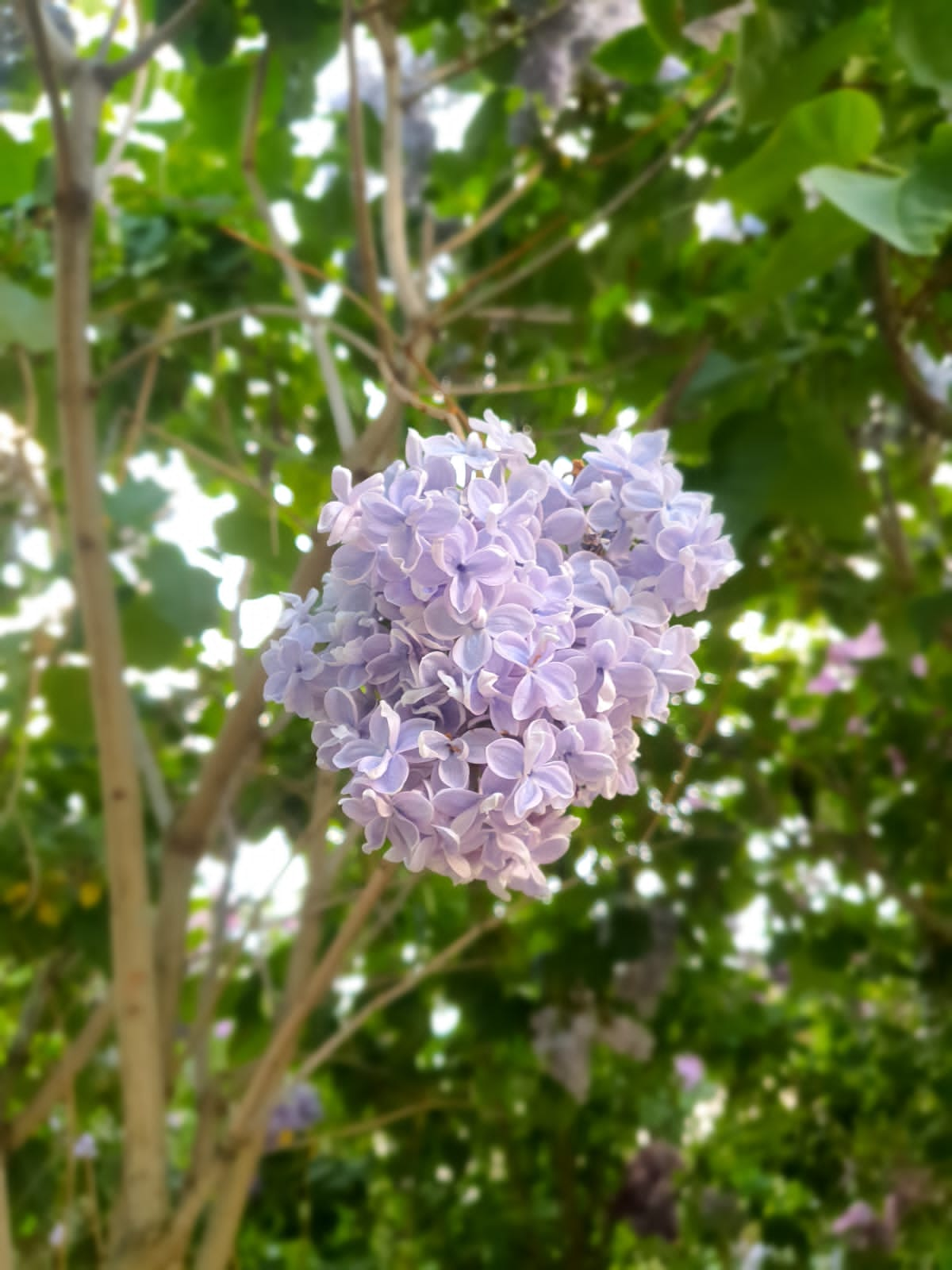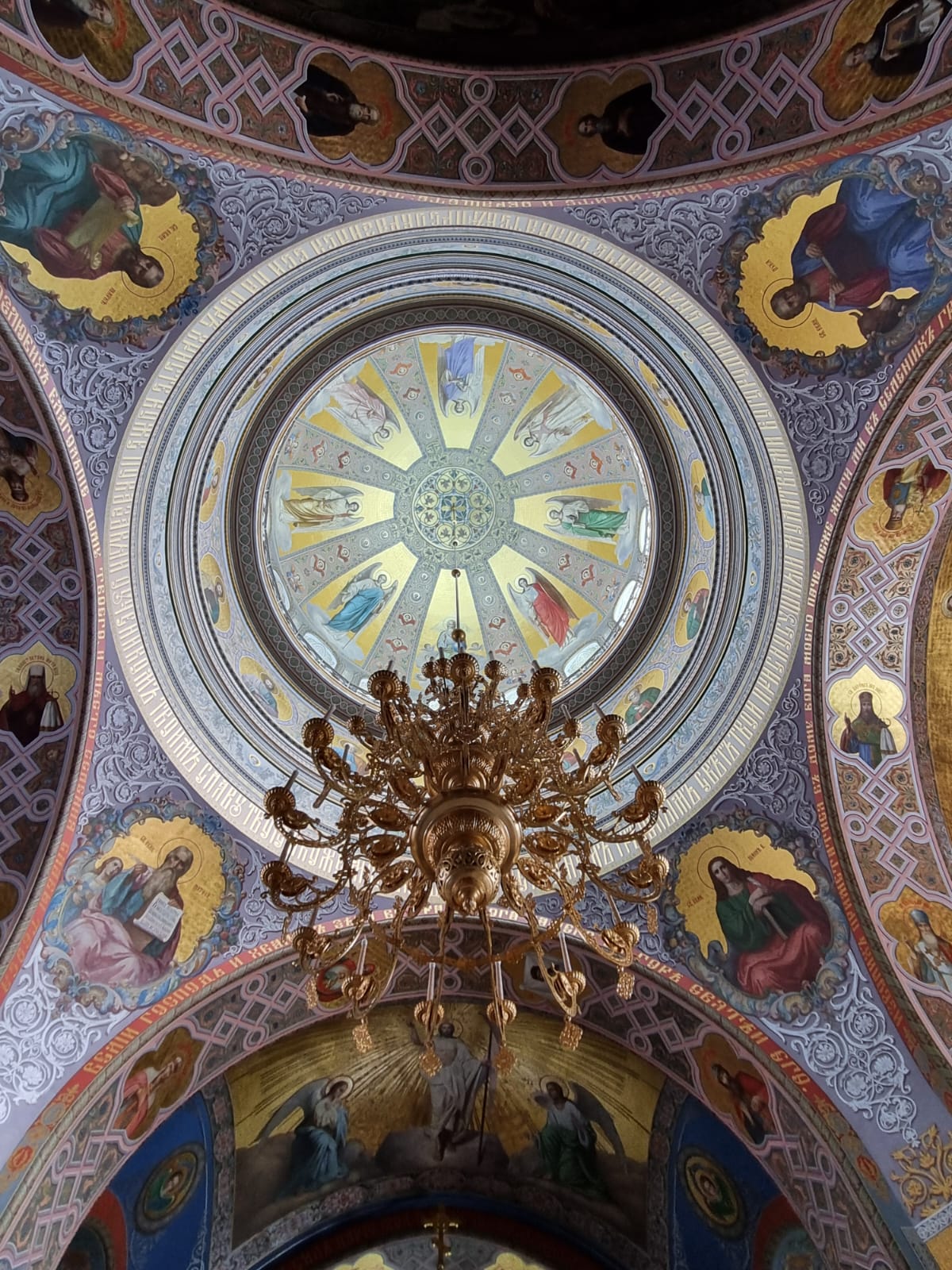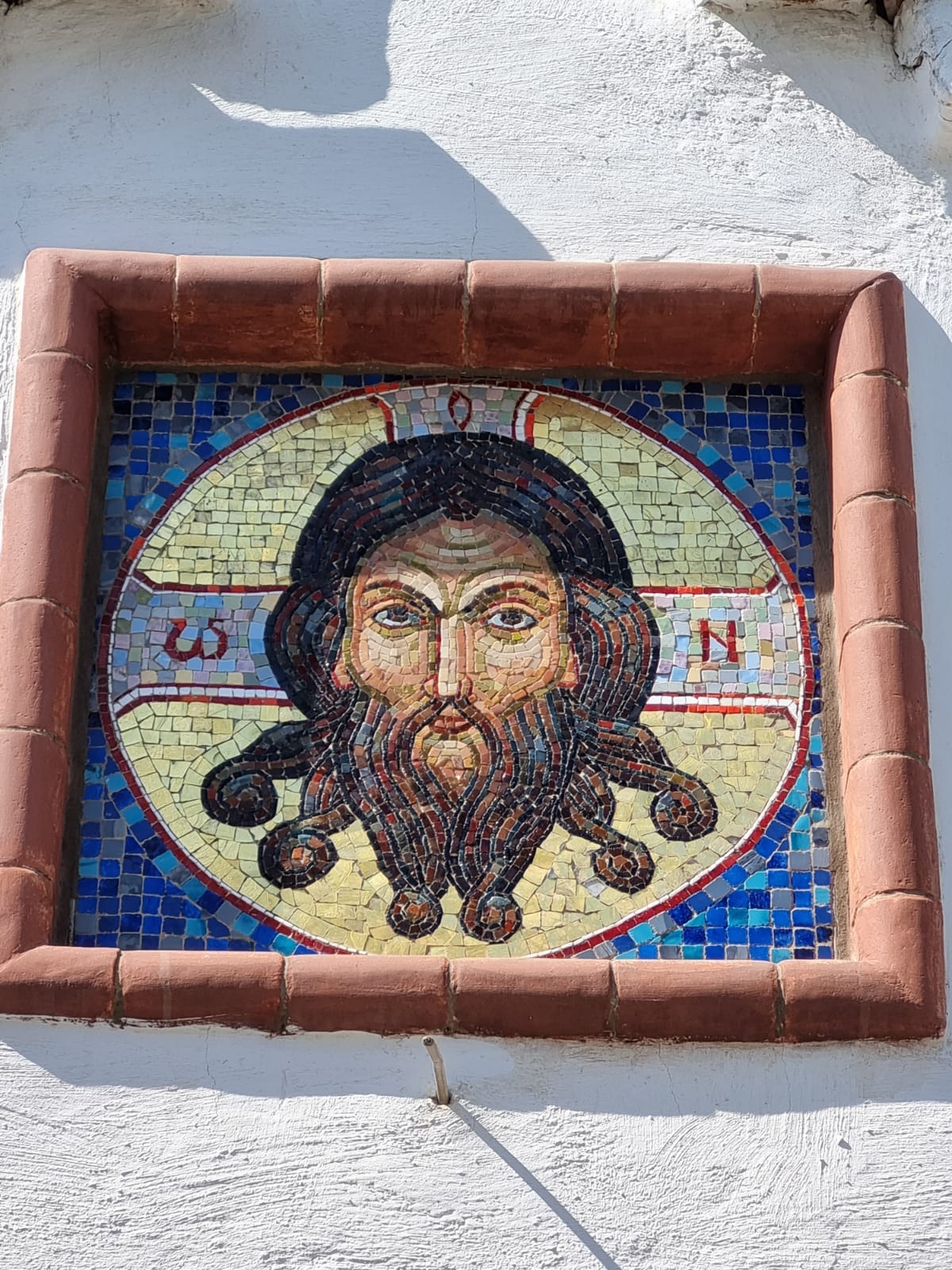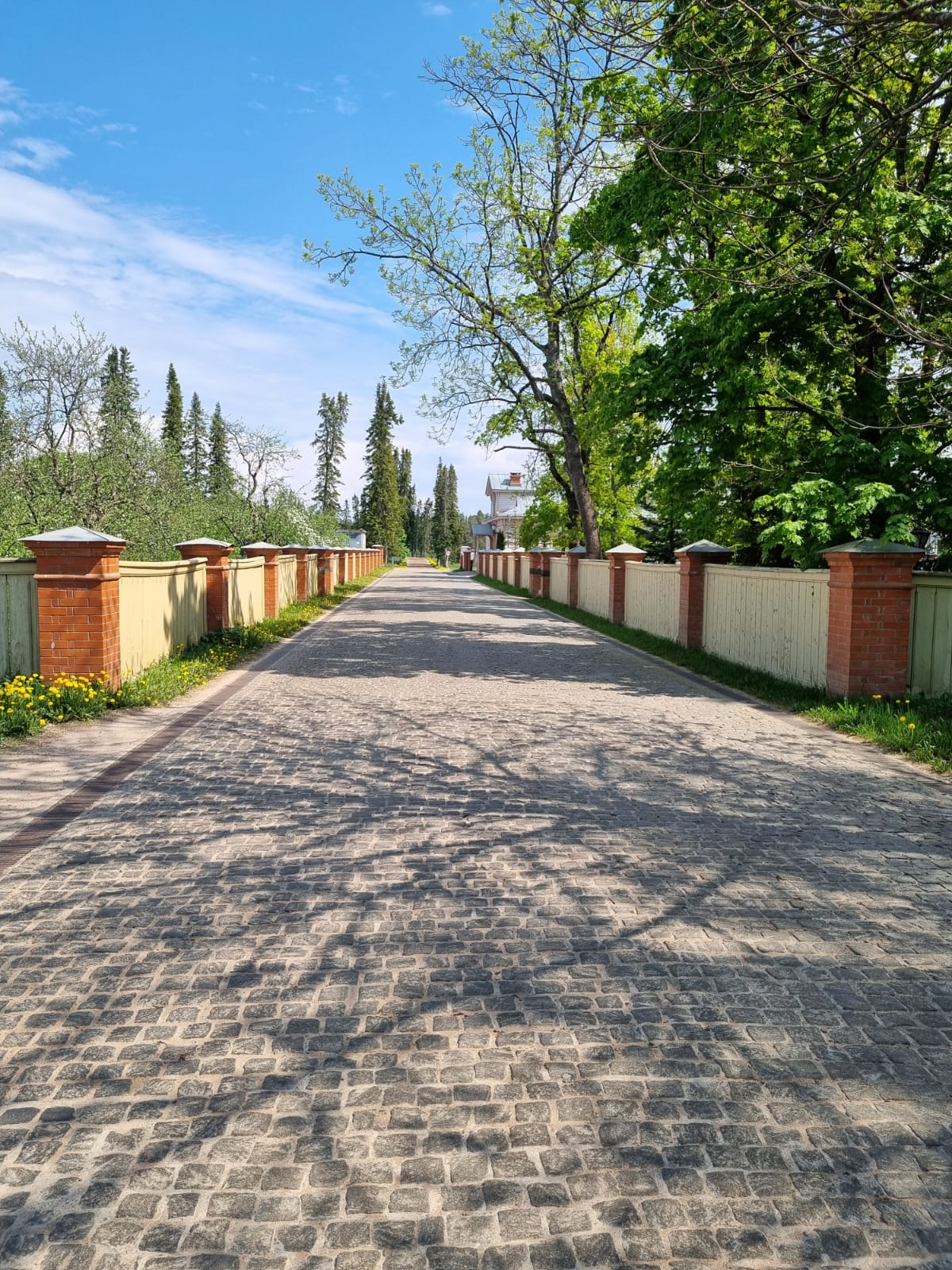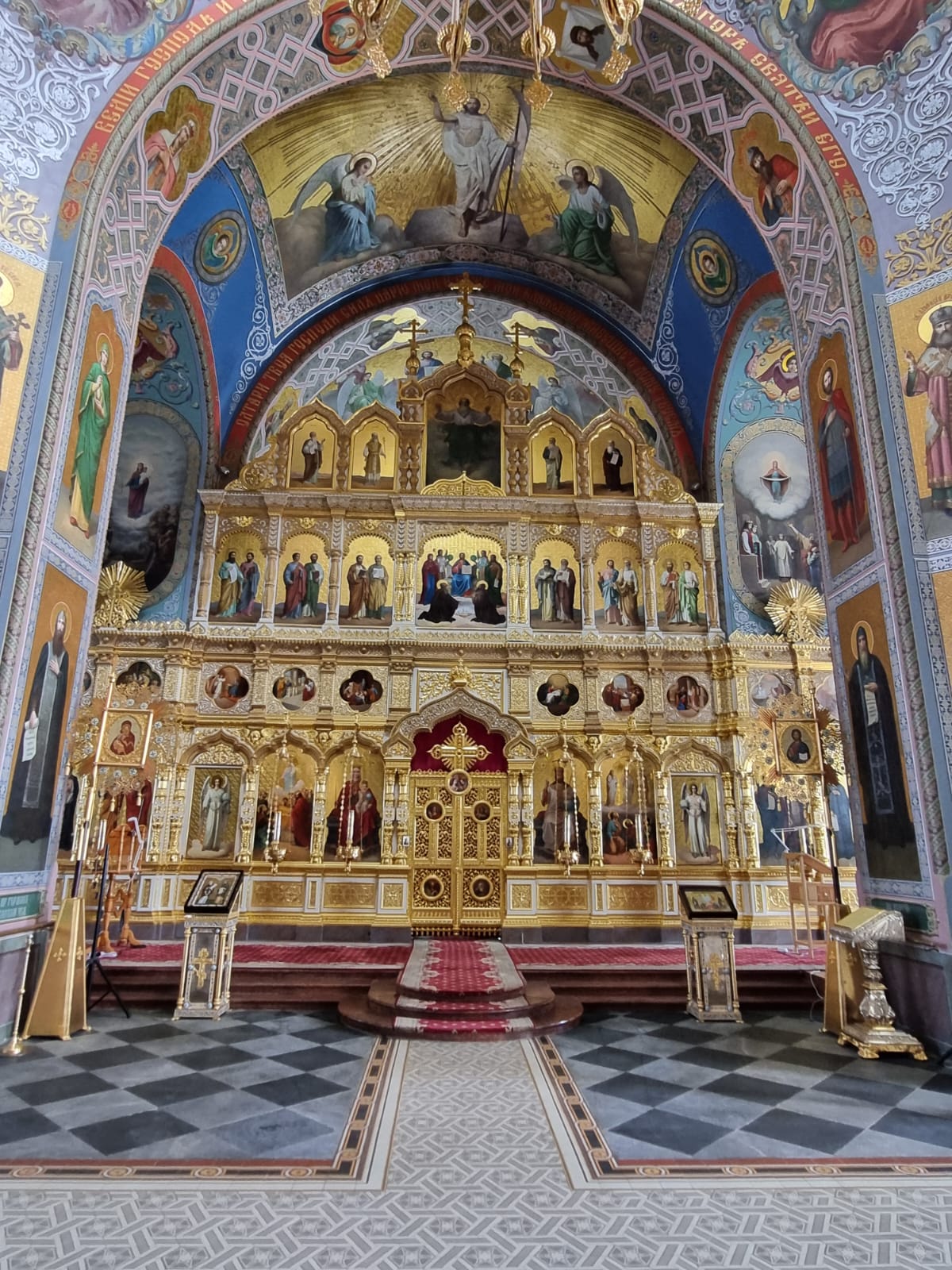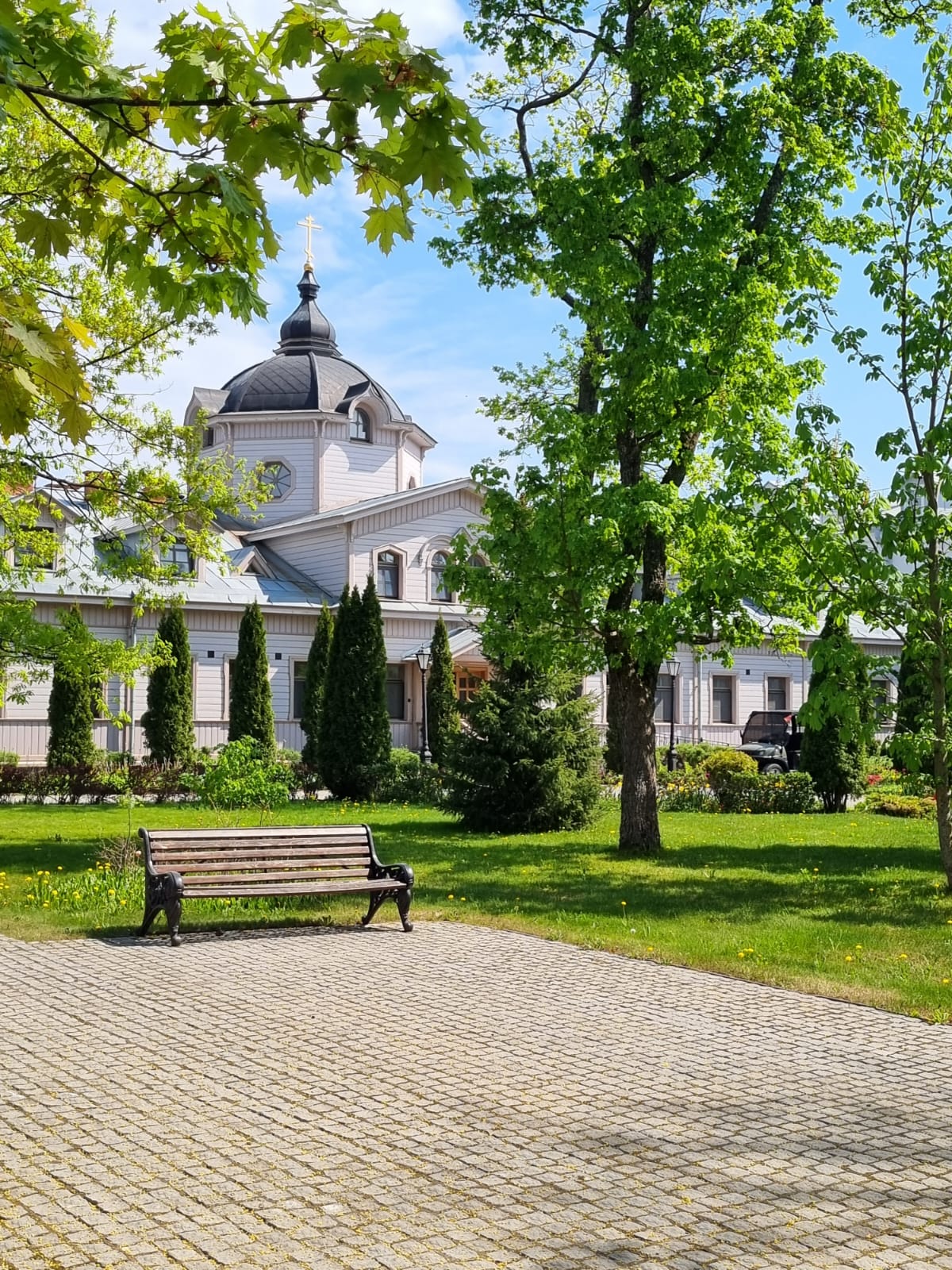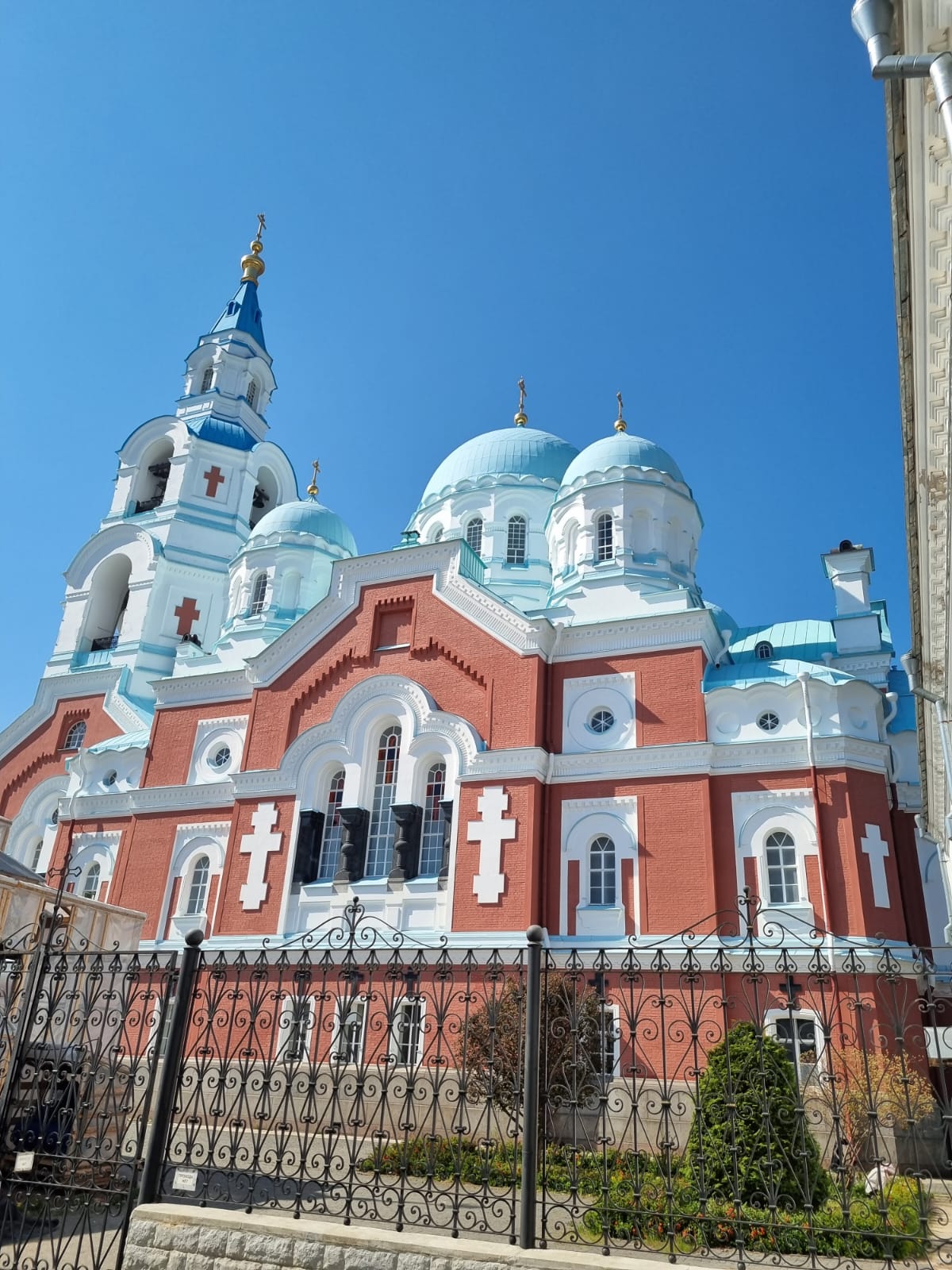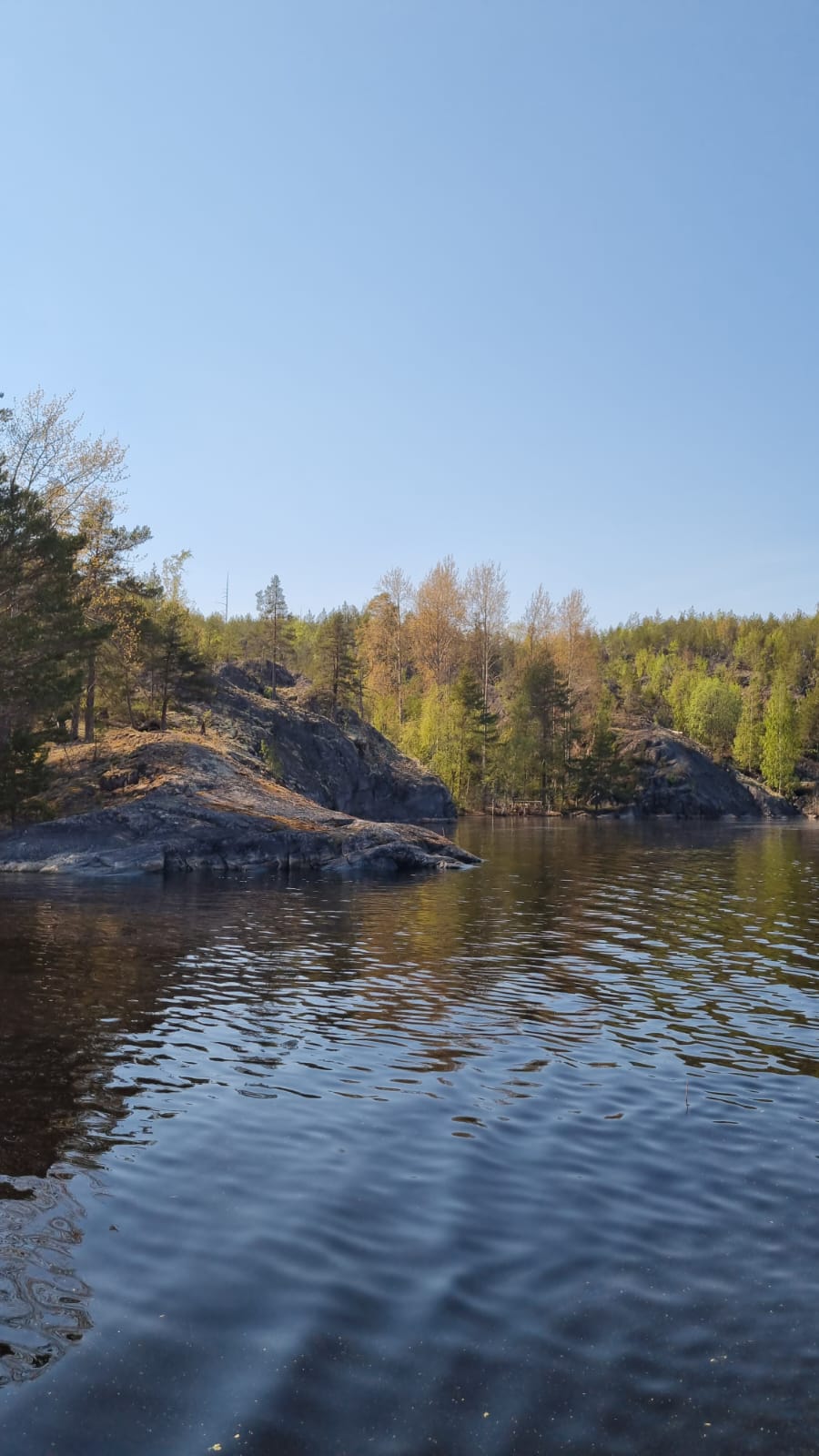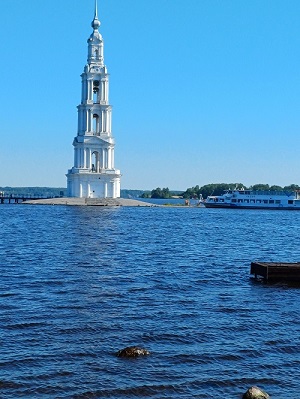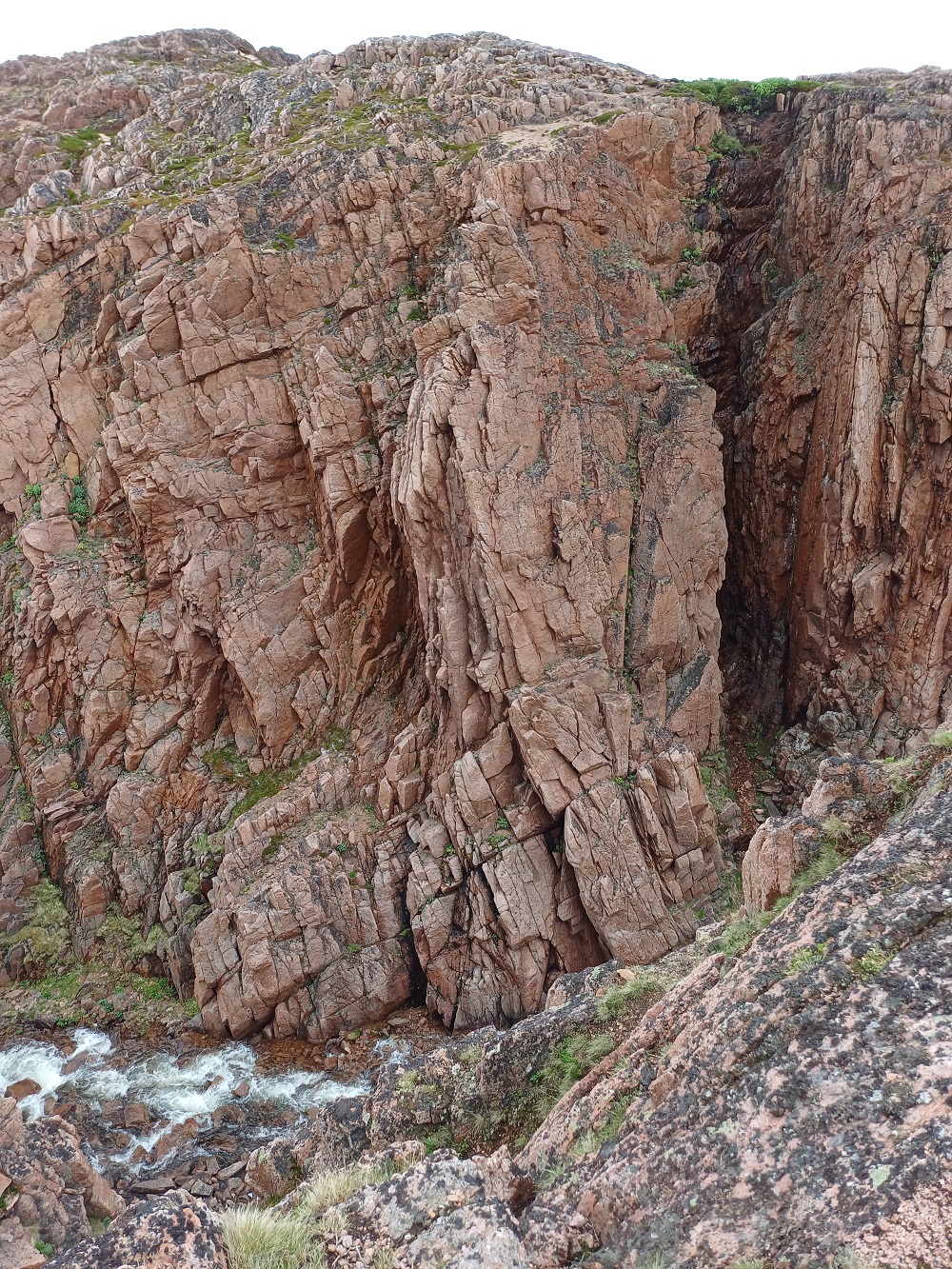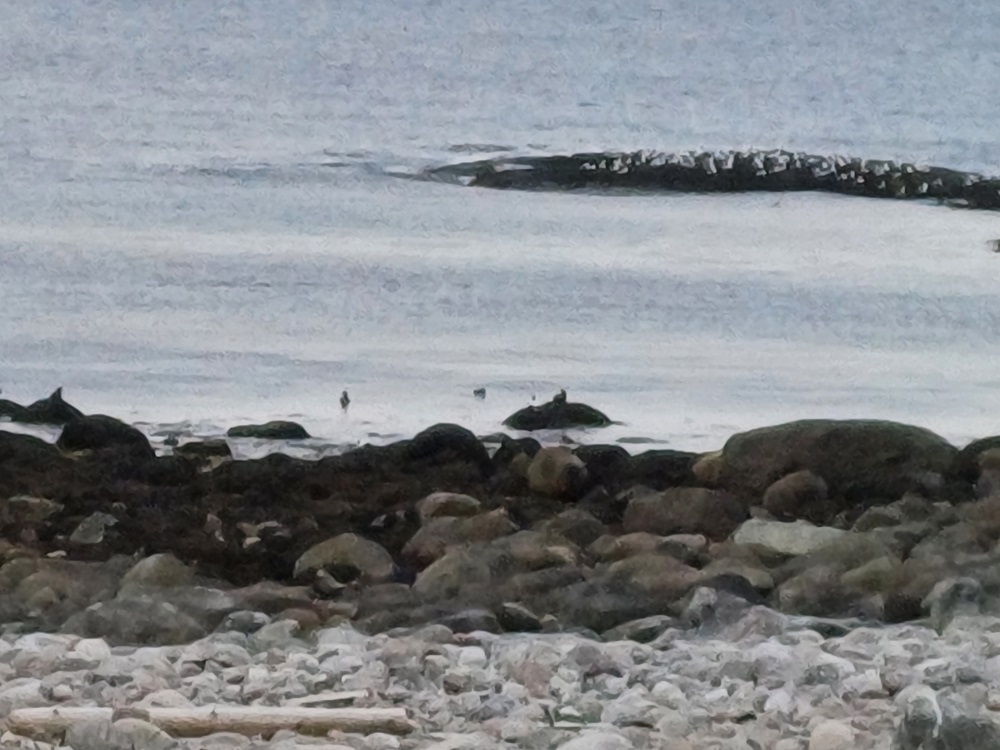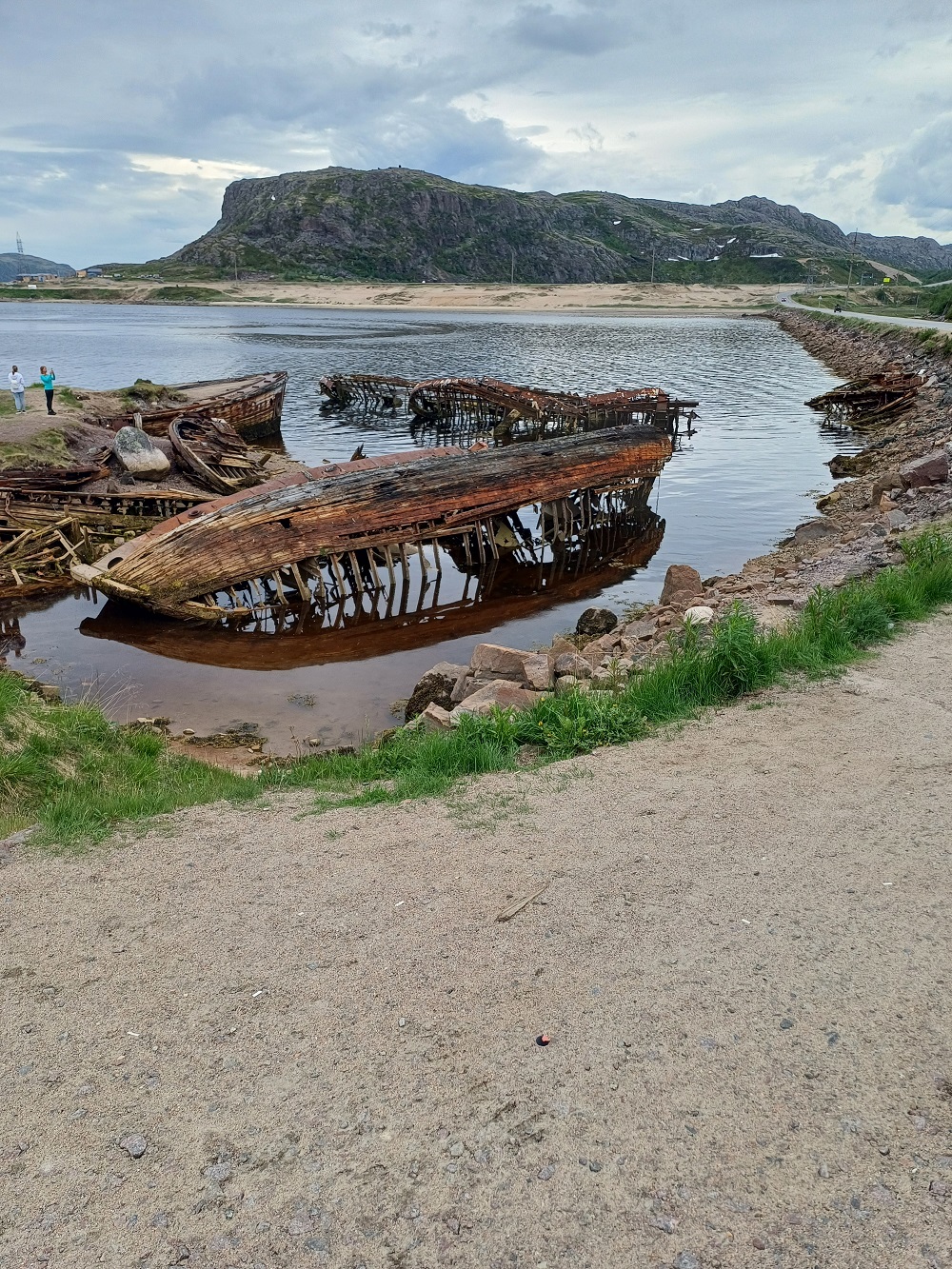Crimea Peninsula
The Crimea Peninsula, located in the south, is a unique region with a rich history and cultural heritage. This region attracts tourists from all over the world with its variety of natural beauties, historical attractions, as well as the unique customs of the local population. Crimea has a rich cultural heritage, reflecting the influence of the various civilizations that have passed through over the centuries. Incredible monuments of antiquity, Orthodox churches, mosques and synagogues - all this creates a unique atmosphere of the peninsula. In the article we will look at the main attractions of Crimea and its geographical features.
History of Crimea: from antiquity to modern times
The Crimean Peninsula has a rich history dating back thousands of years. In ancient times, hermitages and Greeks flourished here, their culture and architecture left a deep mark on the history of Crimea. During the Middle Ages, the peninsula was conquered and controlled by the Roman Empire, Byzantium, the Goths and the Khazars. In the 13th century, Crimea became part of the Golden Horde, and then came under the rule of the Ottoman Empire, where it remained for more than three centuries. In the 18th century, Crimea became the object of desires of various European powers, and in 1783 it was annexed by Russia. In the 19th century, active development of the peninsula began: the construction of ports, railways, the development of agriculture, and the development of a resort complex. In the 20th century, Crimea changed its owner several times: during the civil war it was under the control of the White Army, then it was occupied by Germany during the Second World War. After the war, Crimea became an autonomous republic within the Ukrainian SSR. Geography and nature of the Crimean Peninsula The Crimean Peninsula is a unique natural site located in the south of Russia. Its area is about 27 thousand square kilometers. Crimea is washed by the Mediterranean and Black Seas, which gives it a particularly mild climate. Mountainous terrain, rocky coastlines, fertile lowlands and a mild climate make this region popular among tourists. Here are located such natural attractions as Mount Ai-Petri, medicinal baths of the Kerch Peninsula and many beaches that are popular with vacationers. Cultural heritage of Crimea: attractions and traditions The Crimean Peninsula is famous for its rich cultural heritage, which attracts tourists from all over the world. There are many attractions here, each of which has its own uniqueness and historical value. One of the most famous attractions of Crimea is the Livadia Palace and Park Ensemble. This amazing complex includes a palace surrounded by beautiful parks and gardens. It was here that important historical events took place, including the Yalta Conference. Another wonderful place on the peninsula is the Khan's Palace in the city of Bakhchisaray. This architectural masterpiece is a striking example of the influence of Eastern culture on the architecture of Crimea. Here you can feel the atmosphere of traditions and customs, feel the spirit of the past of the great Tatar state. One of the most visited attractions in Crimea is Mount Ayu-Dag, or Bear Mountain. This nature reserve amazes with its beauty and magnificent scenery. Tourism in Crimea: the best places for recreation and travel Crimea is one of the most popular tourist destinations in Russia. The peninsula is known for its colorful beaches, crystal clear sea and unique nature. There are many wonderful places in Crimea that are worth visiting during your vacation or travel. One of the most popular holiday destinations in Crimea is the South Coast Complex (South Bank Complex) with its famous resorts such as Yalta, Alushta and Gurzuf. Here you can enjoy the beauty of the beaches, stroll along the picturesque embankments and visit many attractions such as the Livadia Palace and St. Michael's Castle. In addition to the South Coast, there are many other interesting places on the peninsula, such as Balaklava with its underwater base, Sevastopol with its historical monuments and fortresses, and Simferopol - the capital of Crimea, with its museums and galleries. Fans of active recreation should definitely visit the mountains of Crimea, where they can engage in mountain tourism, mountaineering, or simply enjoy beautiful views and clean air.
